The Artist and the Cigar Box: Civil Pleasures
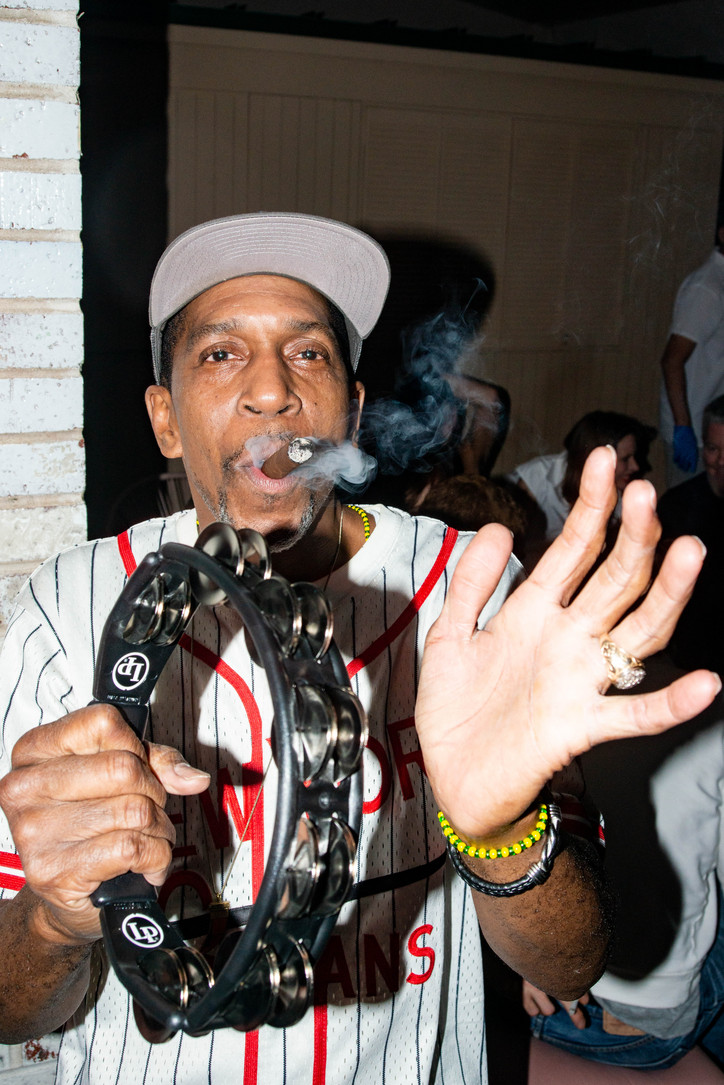
Check out photos from the opening night below and put your bids in here. The Artist and the Cigar Box online auction.
The Artist and the Cigar Box is on view online through June 30th.
Stay informed on our latest news!

Check out photos from the opening night below and put your bids in here. The Artist and the Cigar Box online auction.

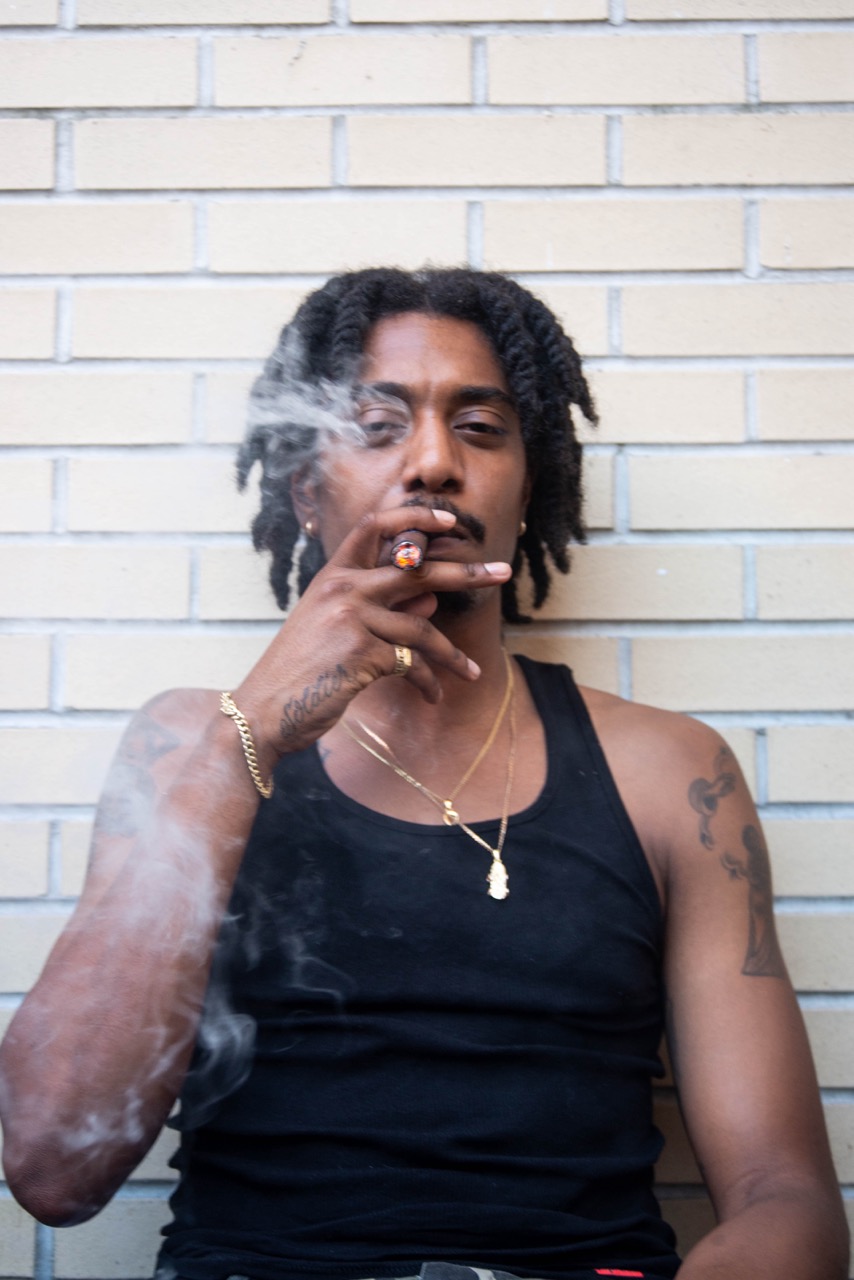
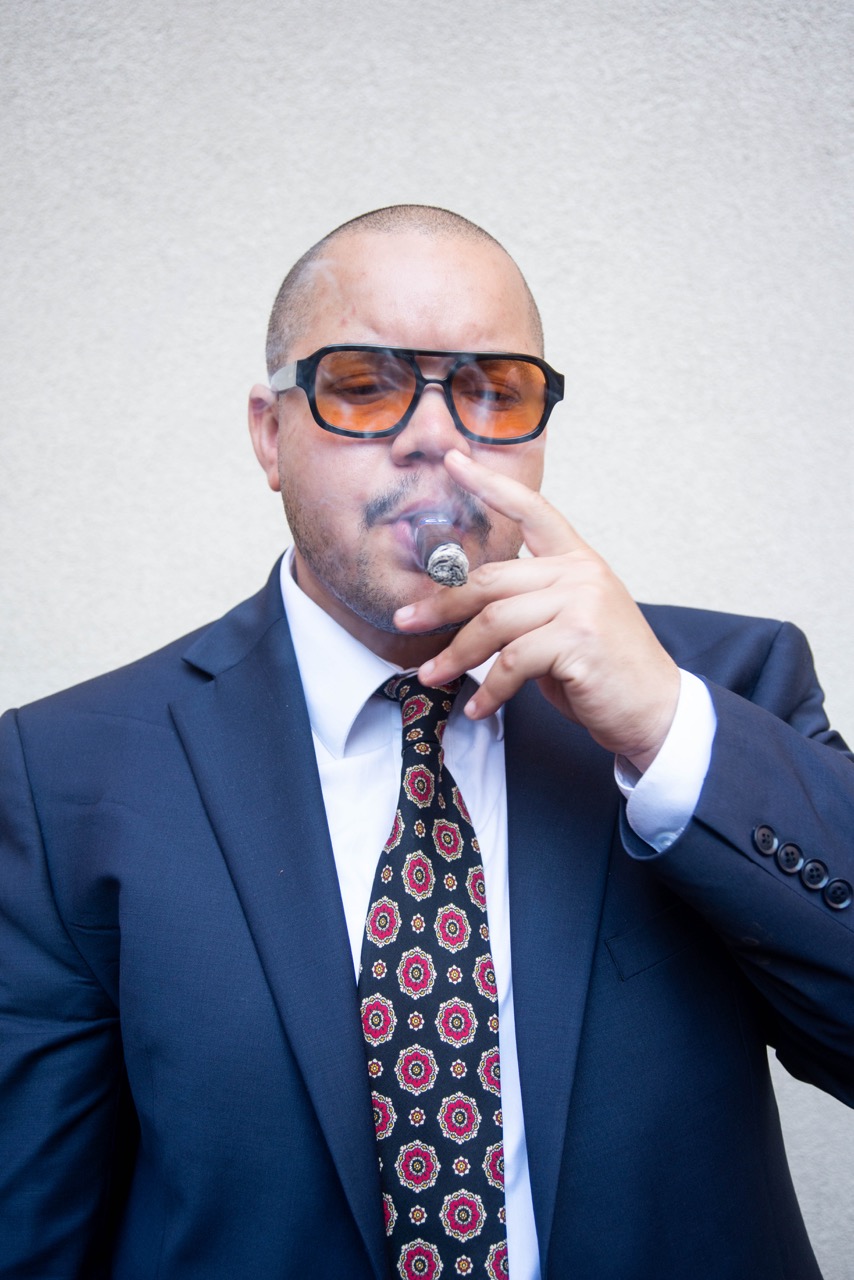
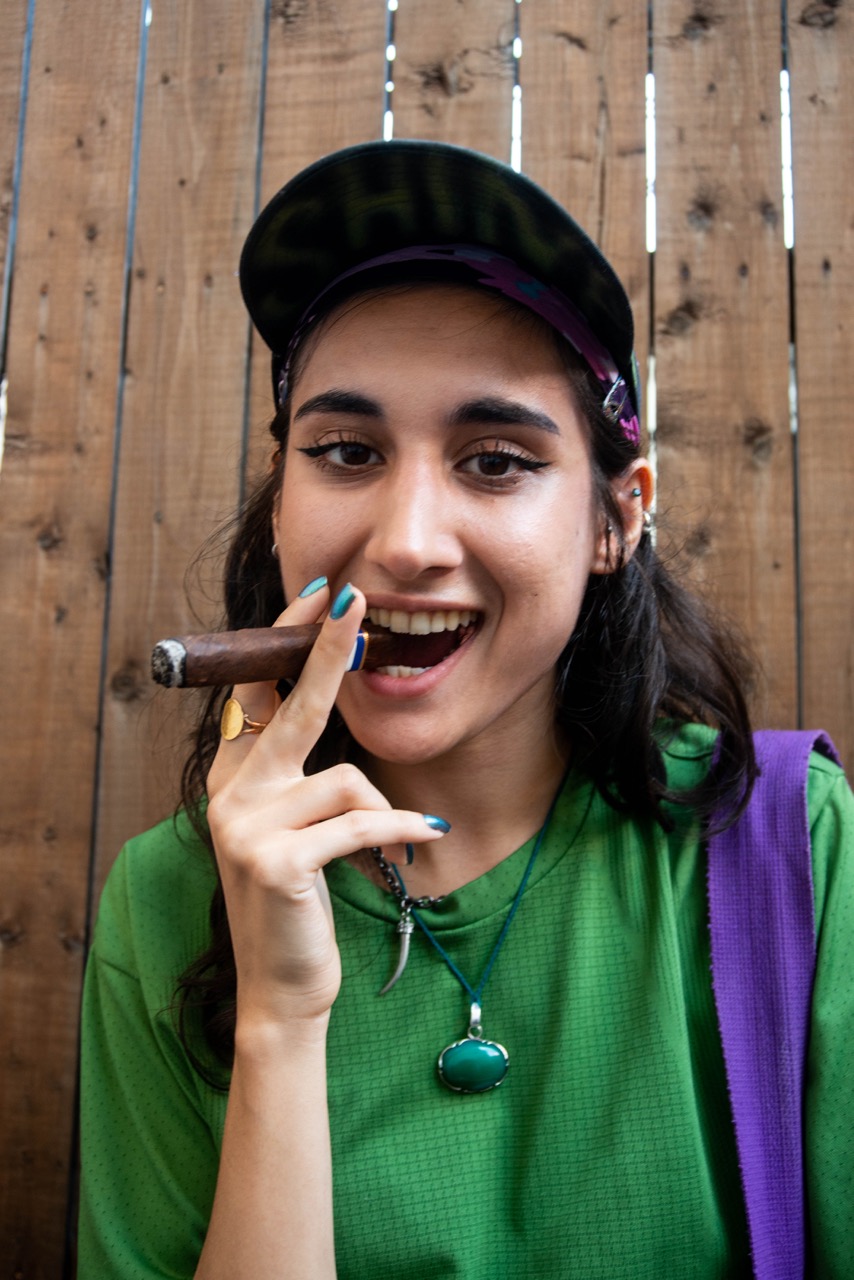
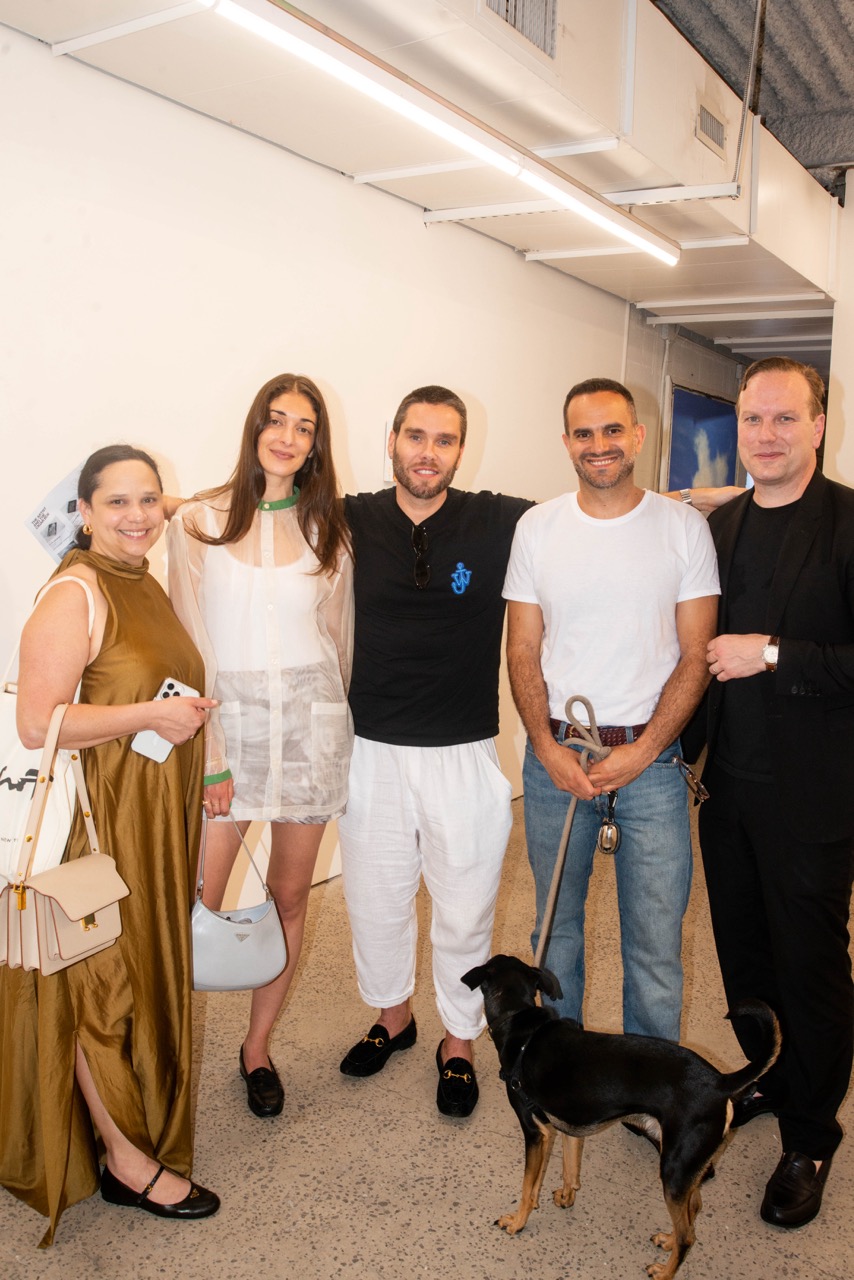
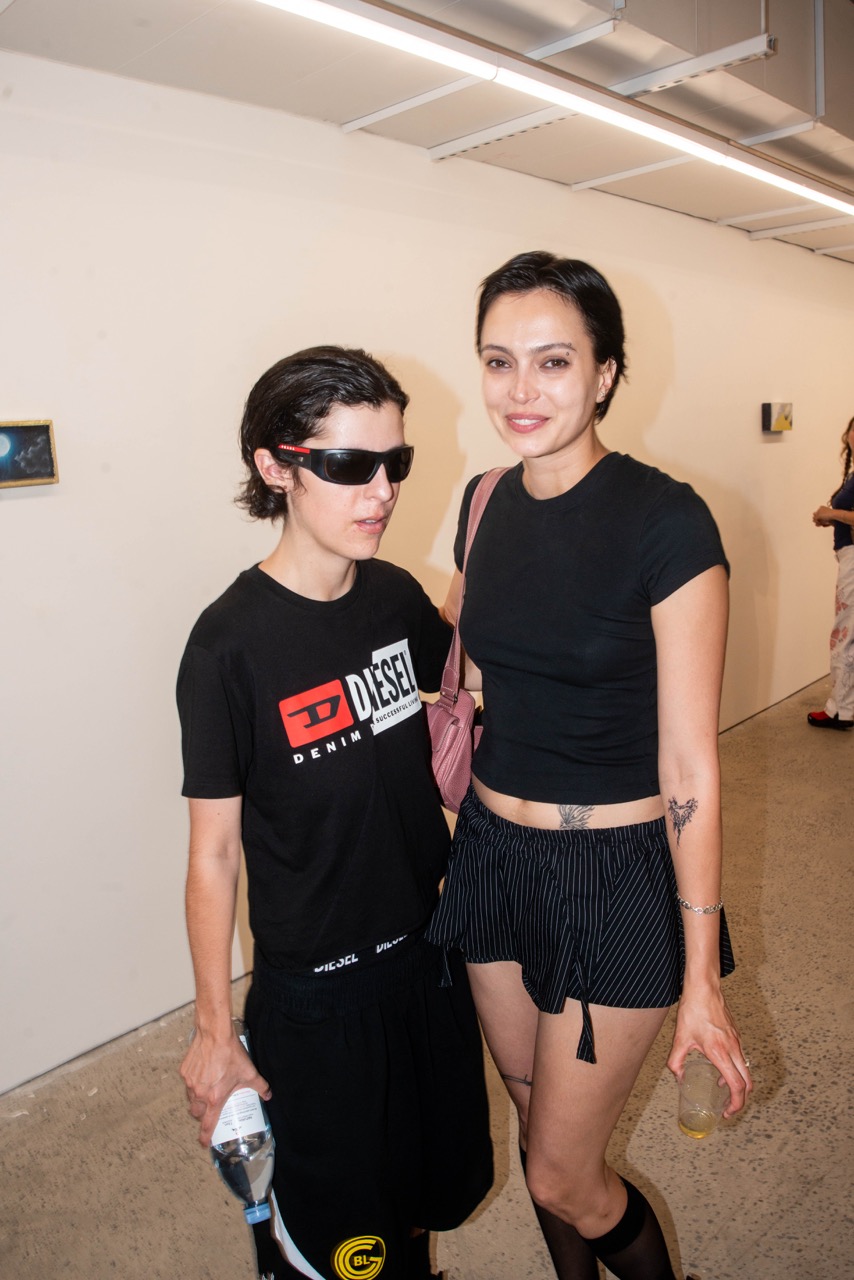

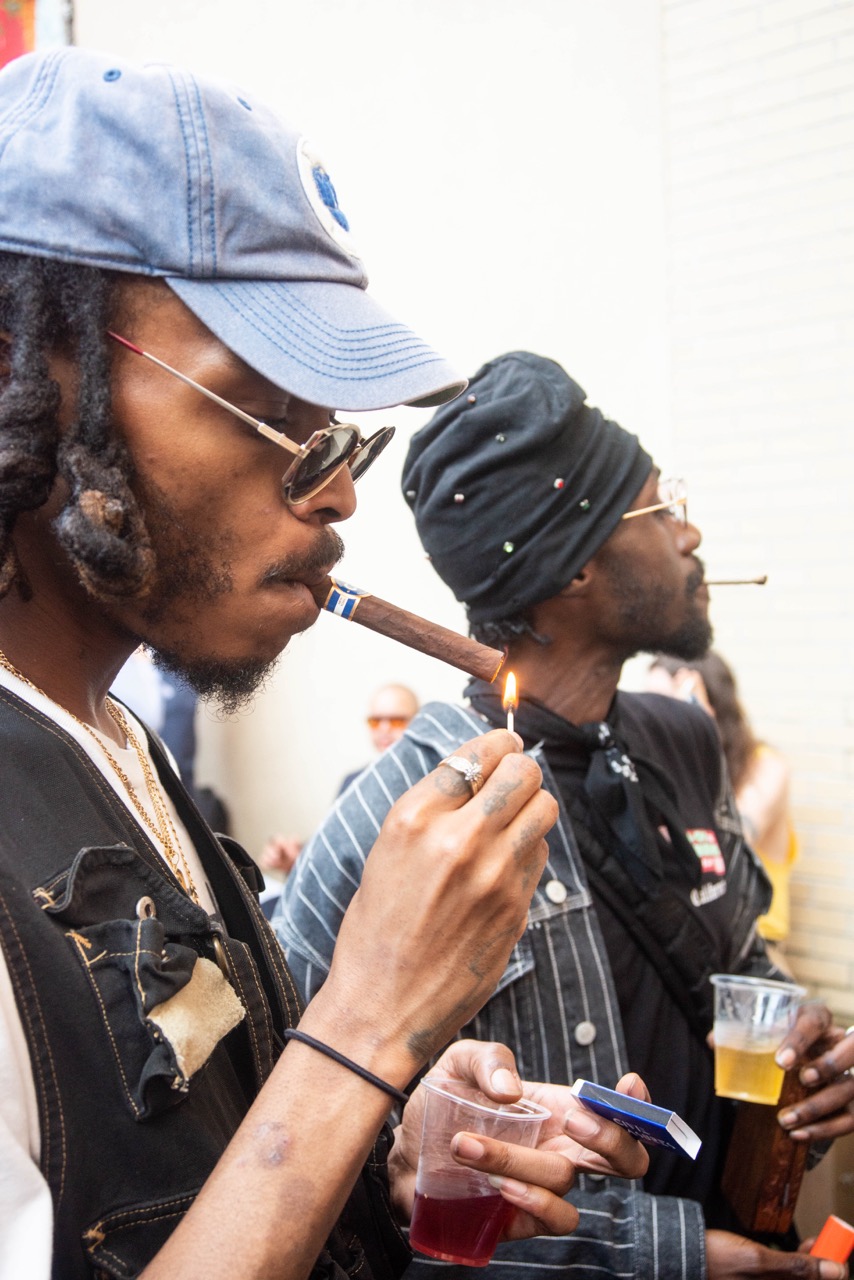
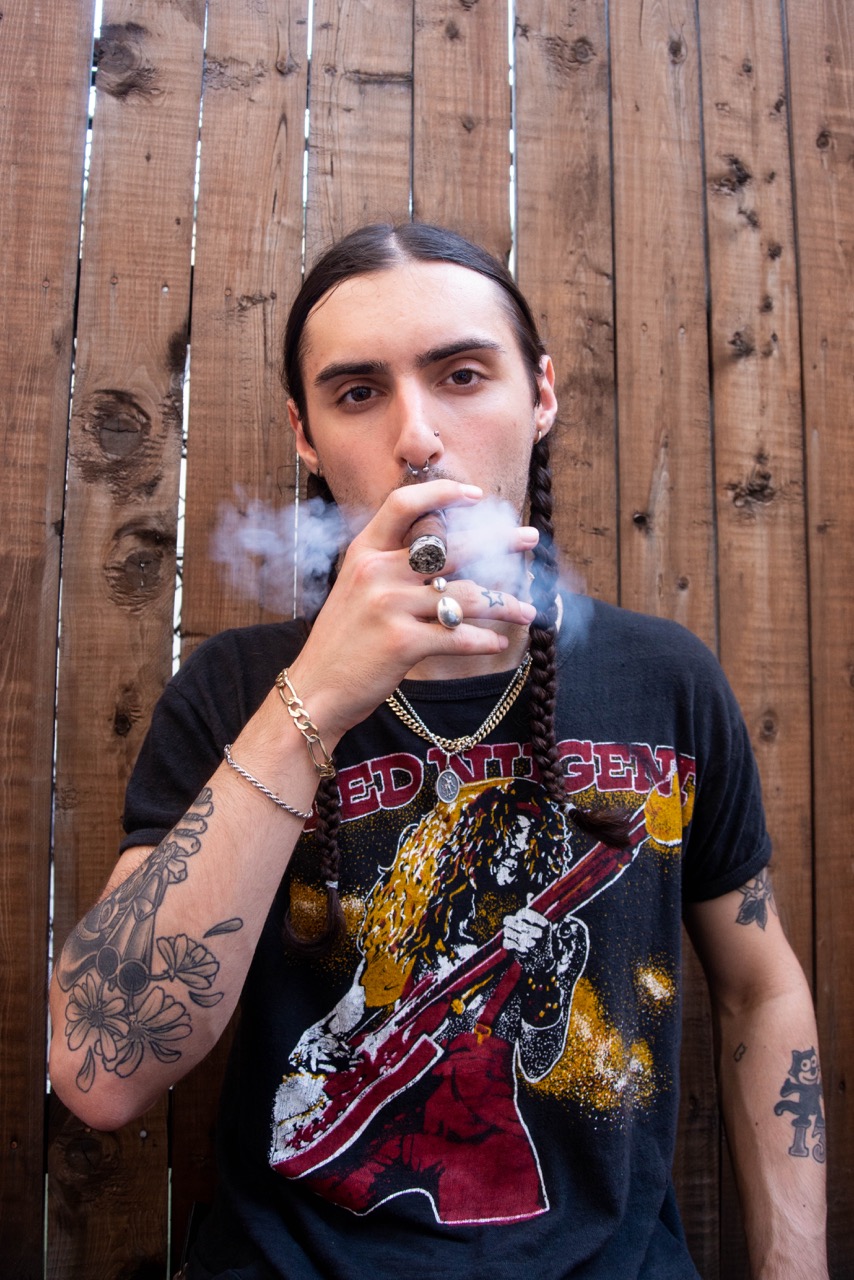
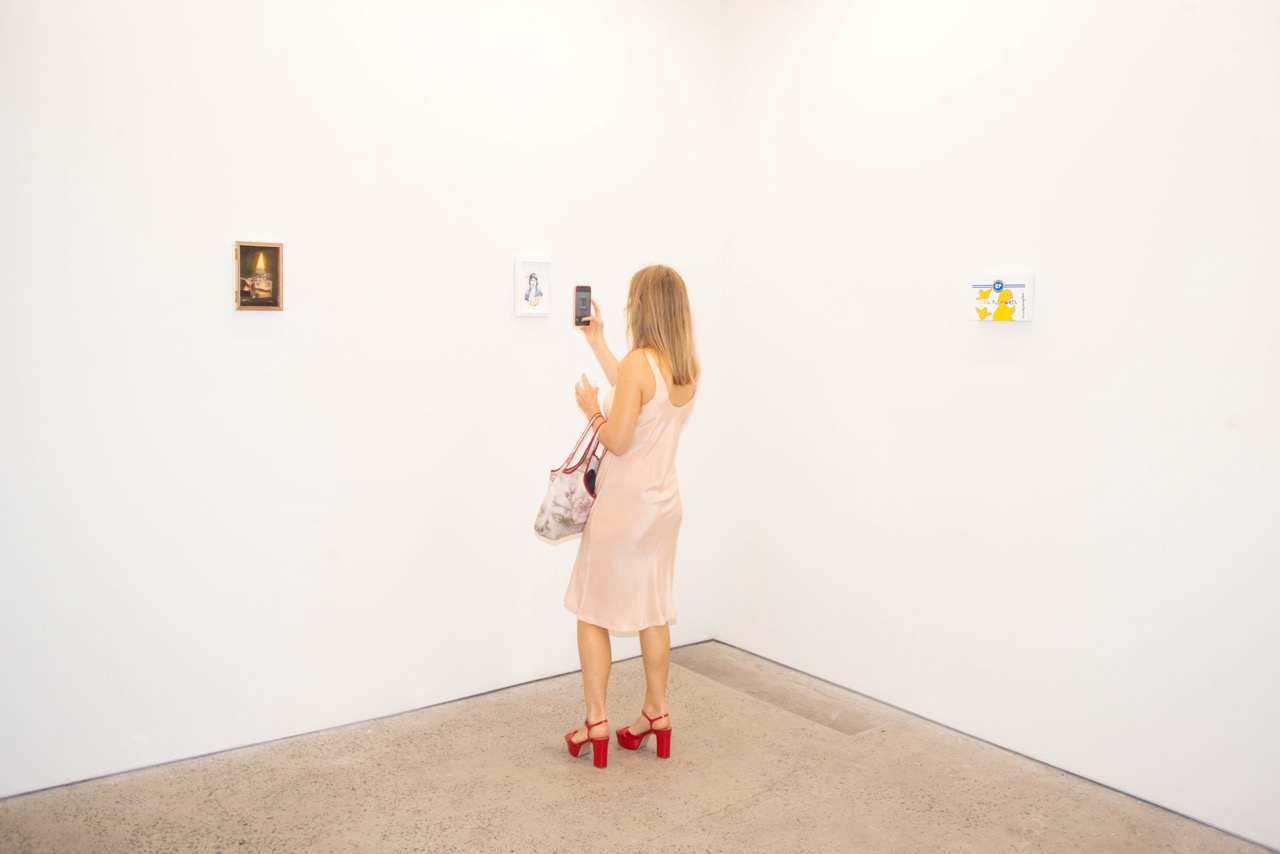
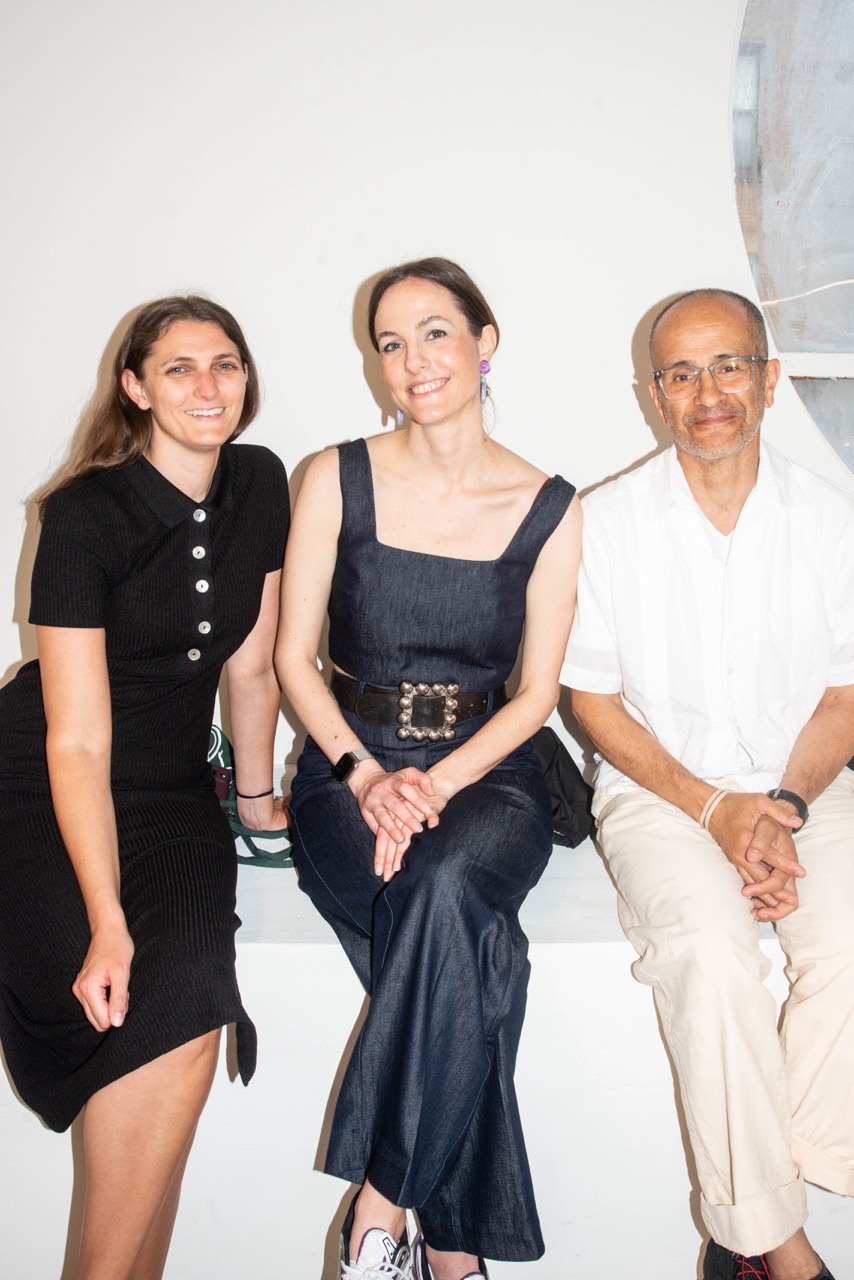
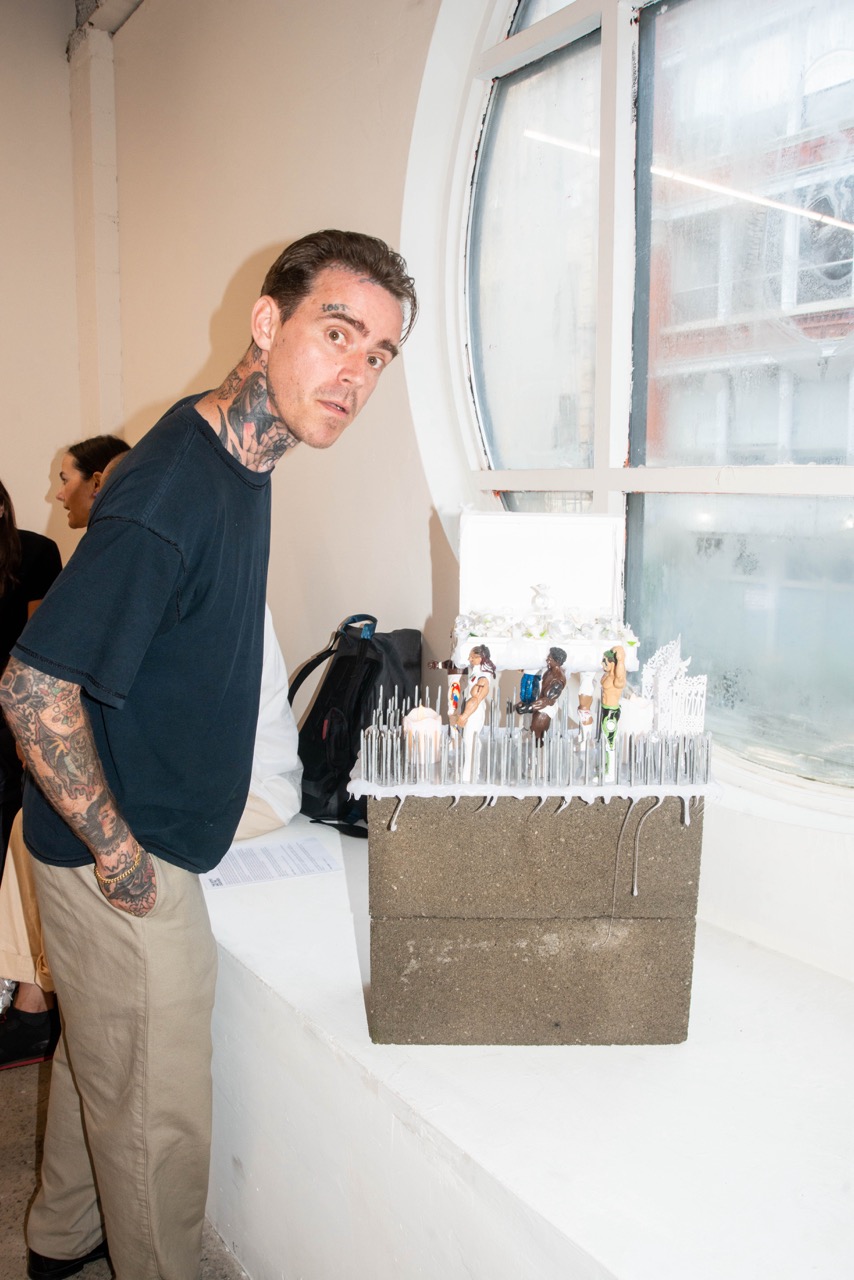
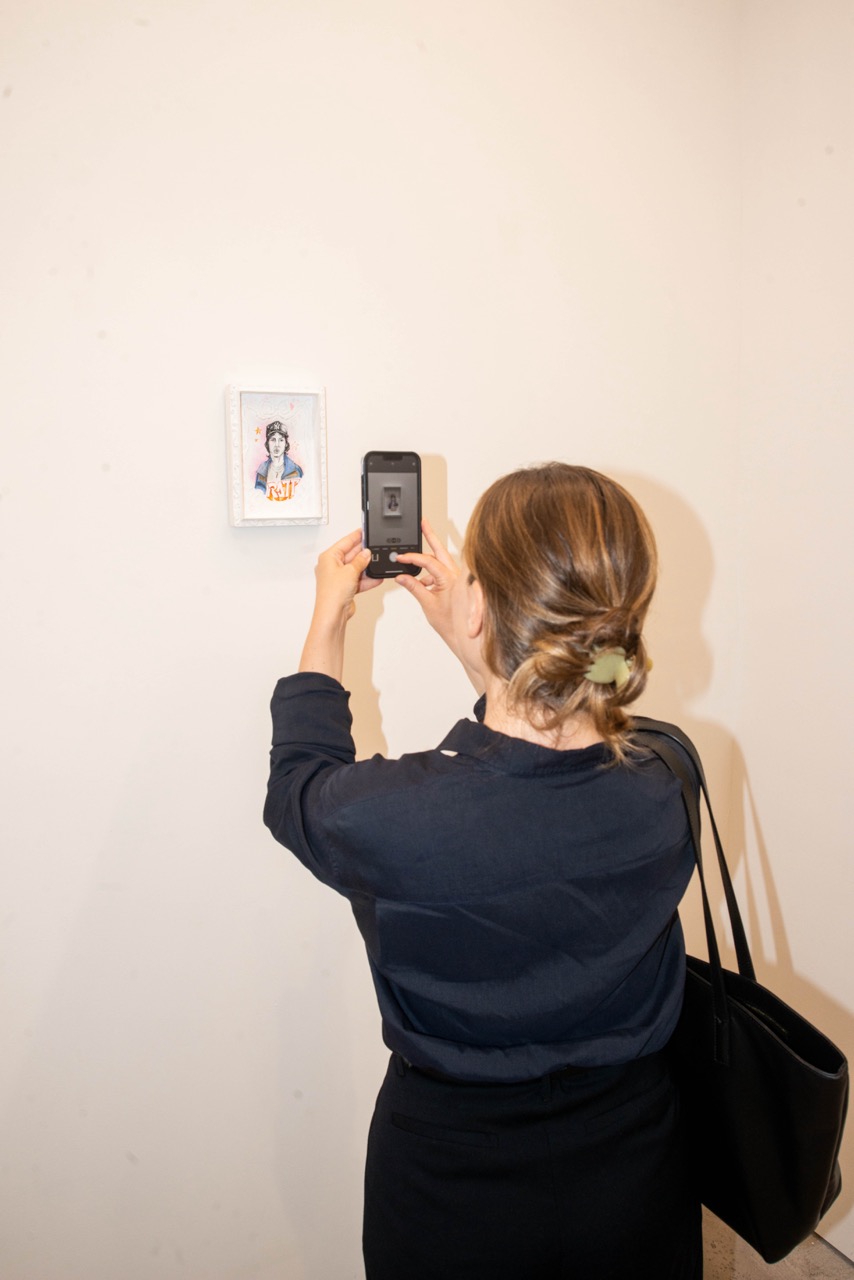
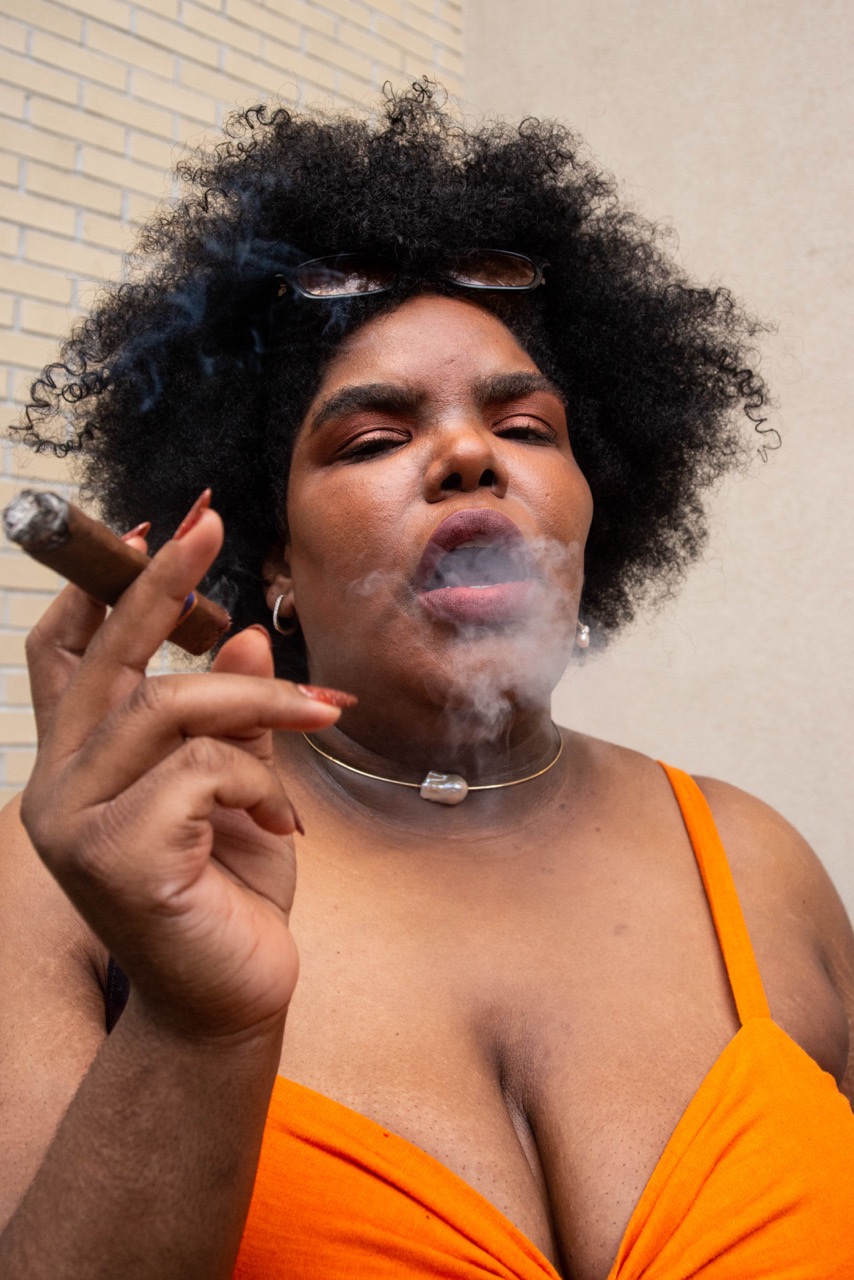
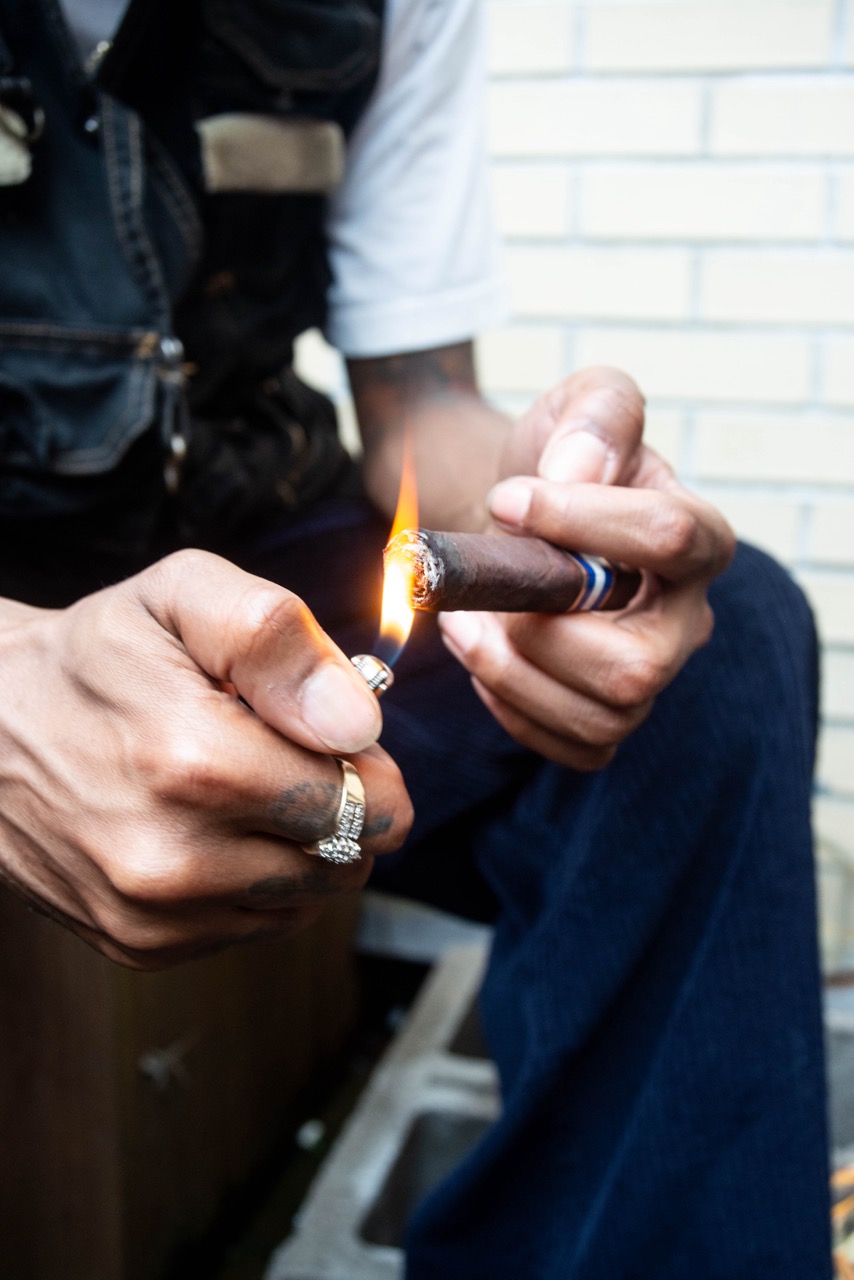
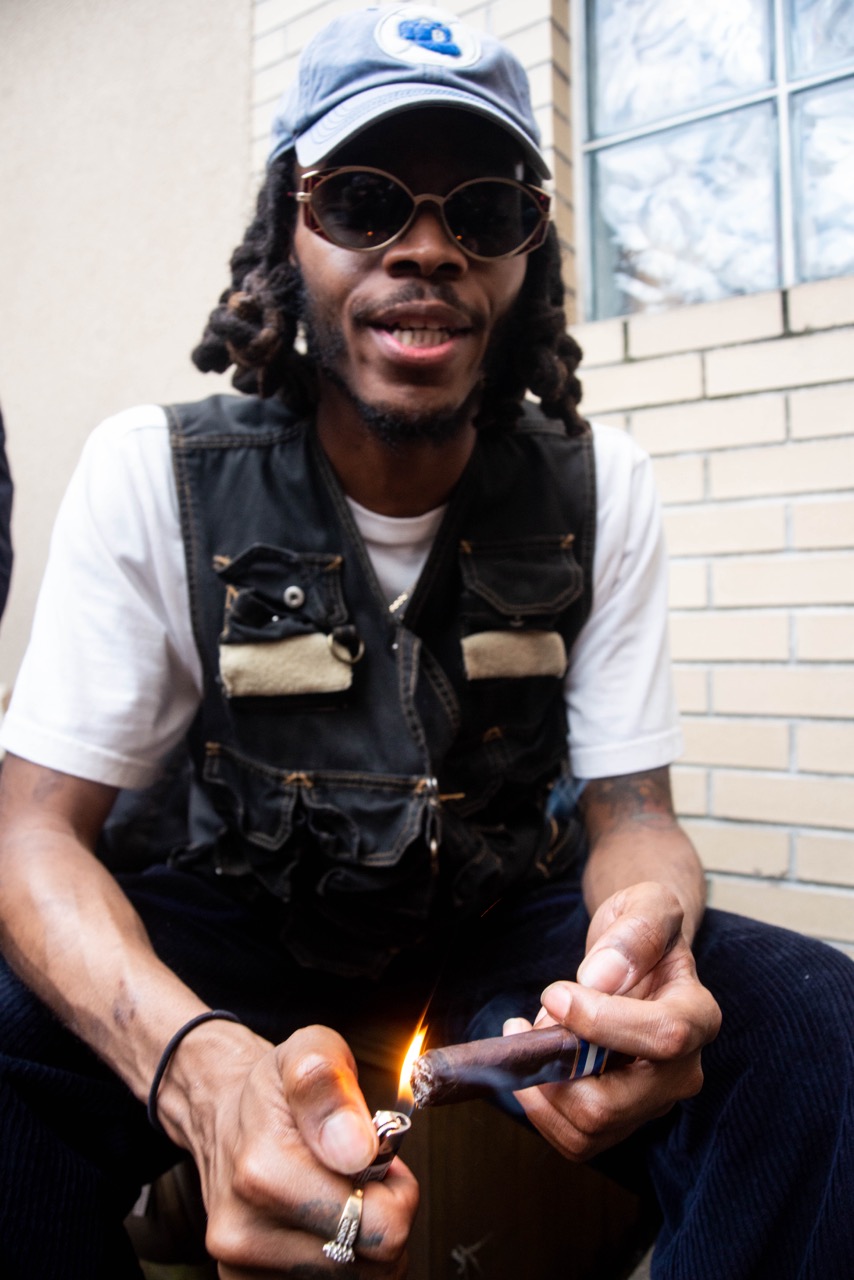
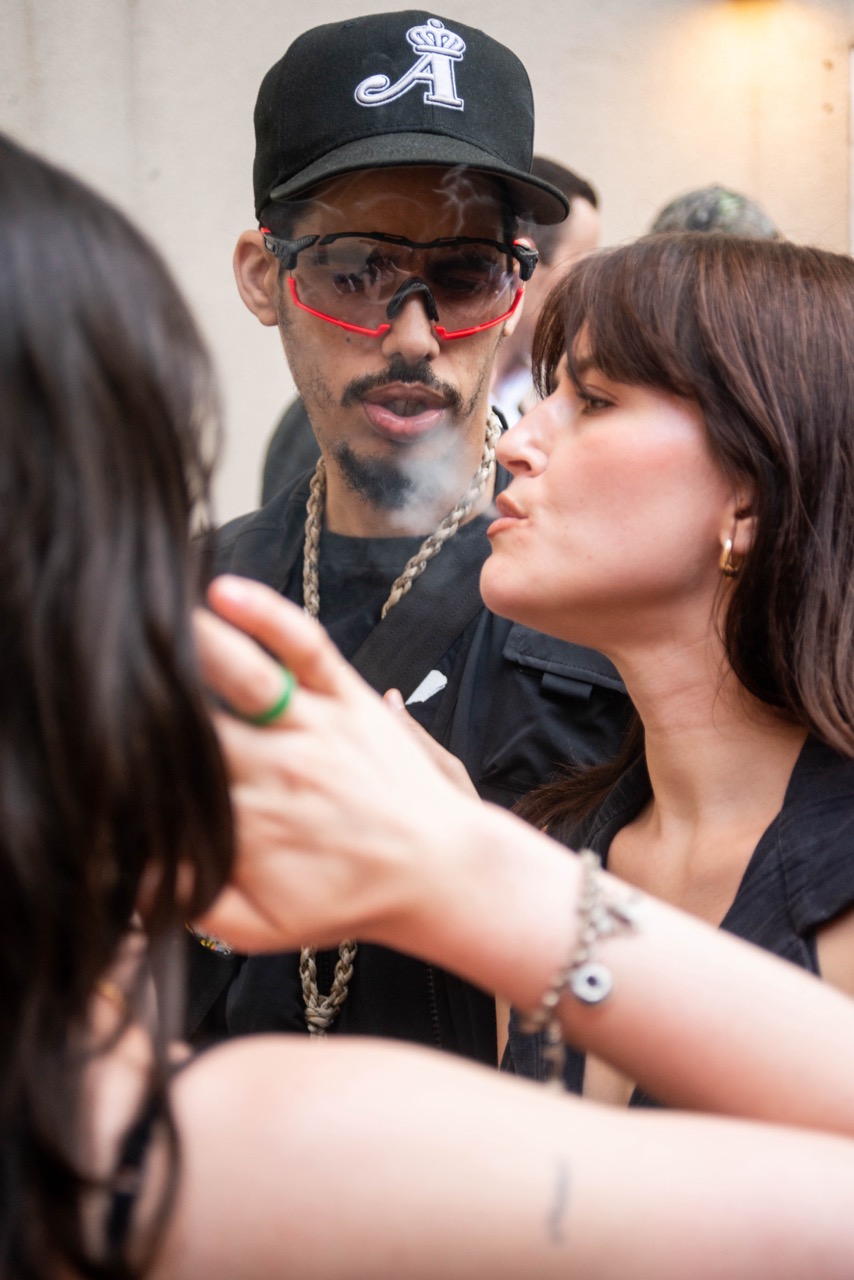
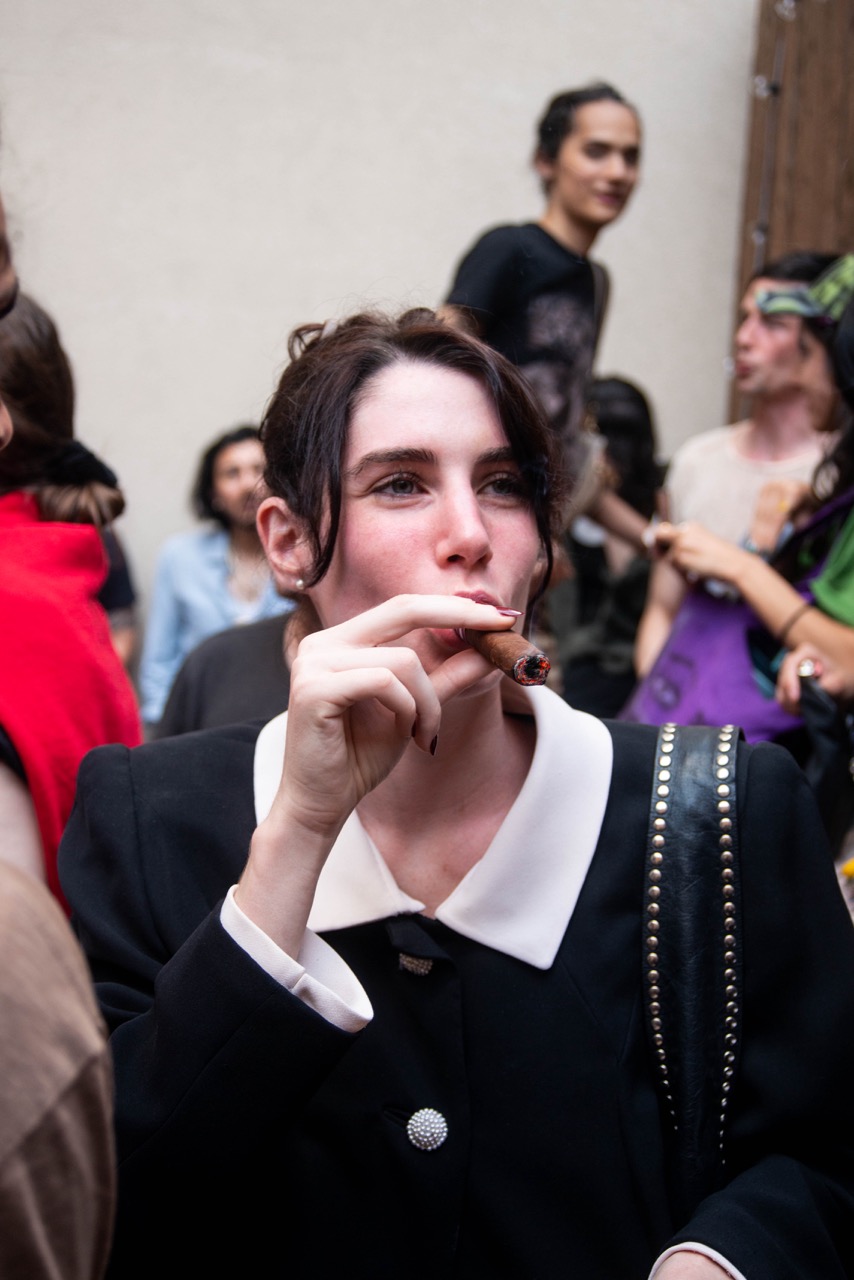
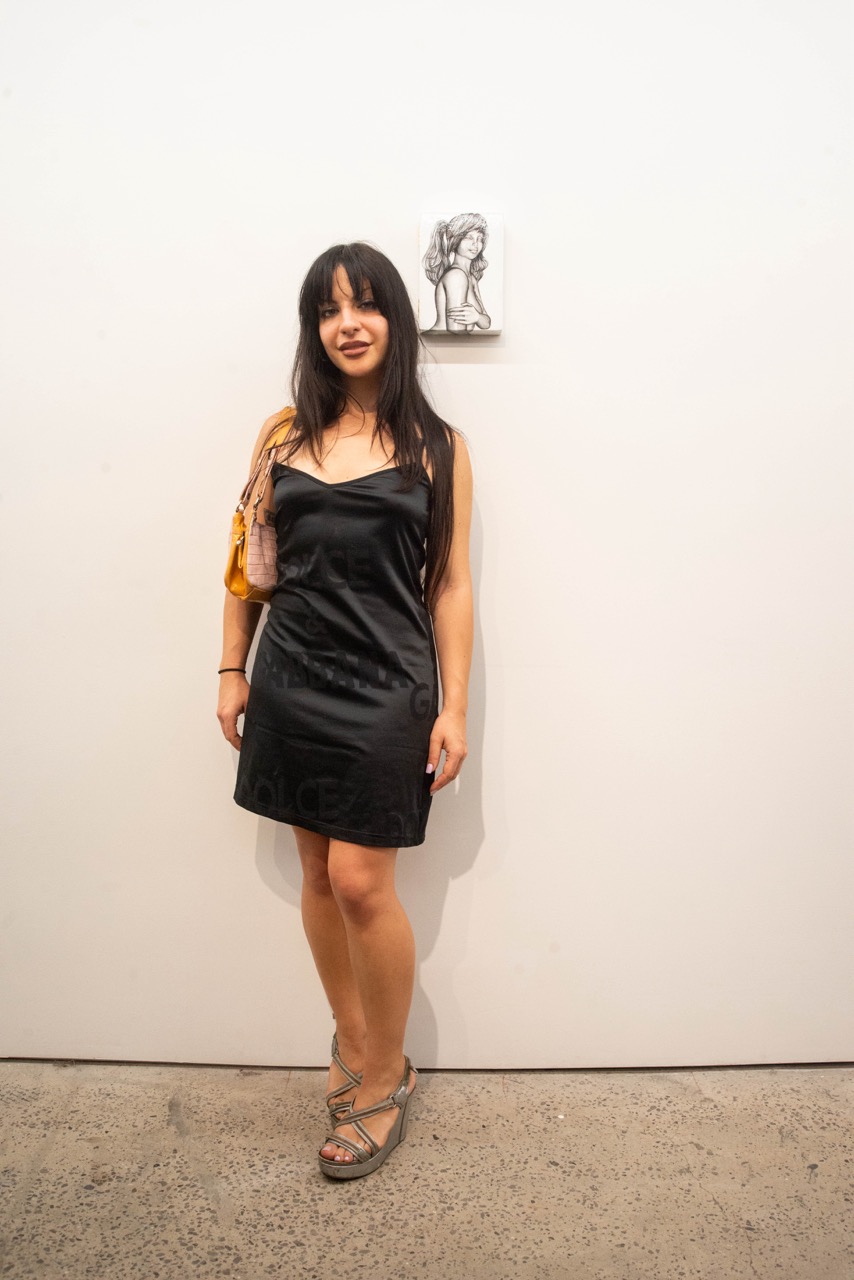

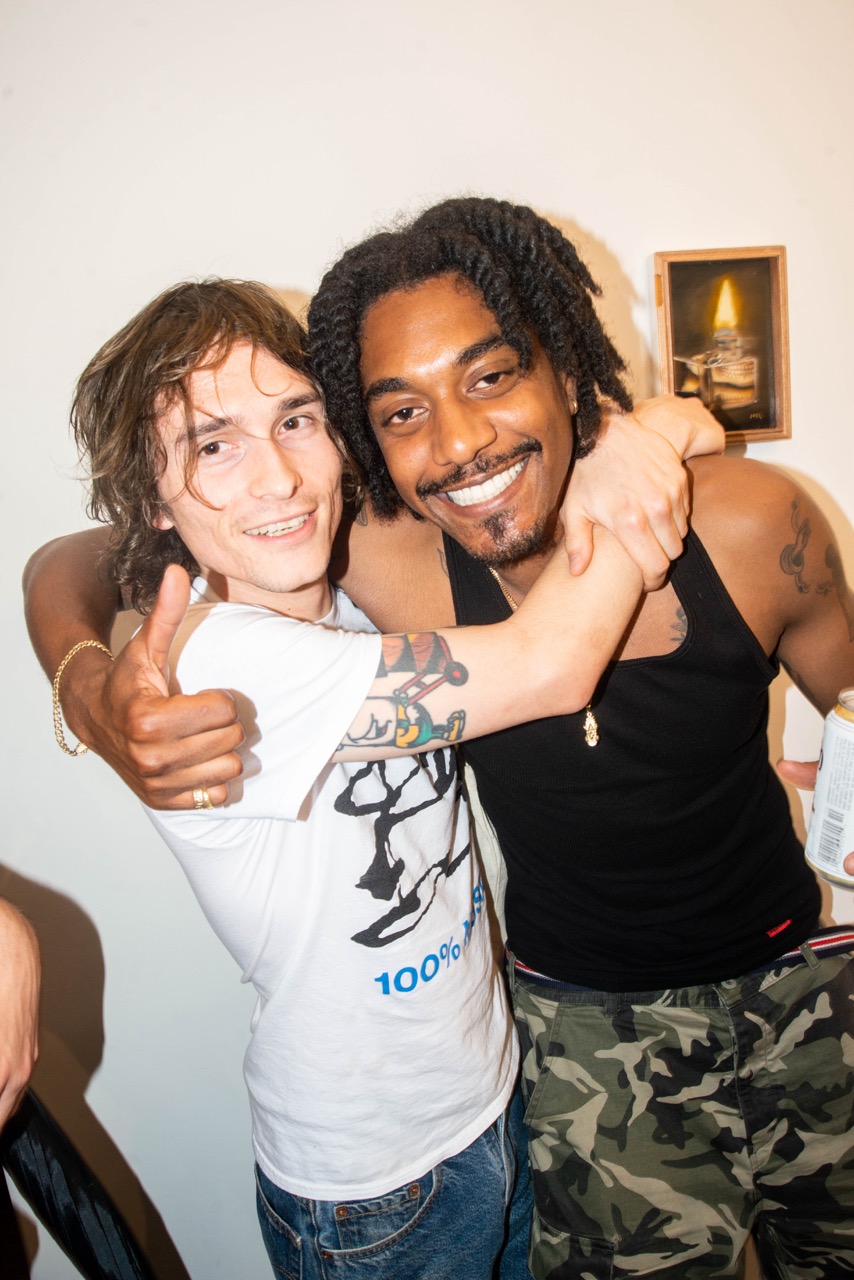
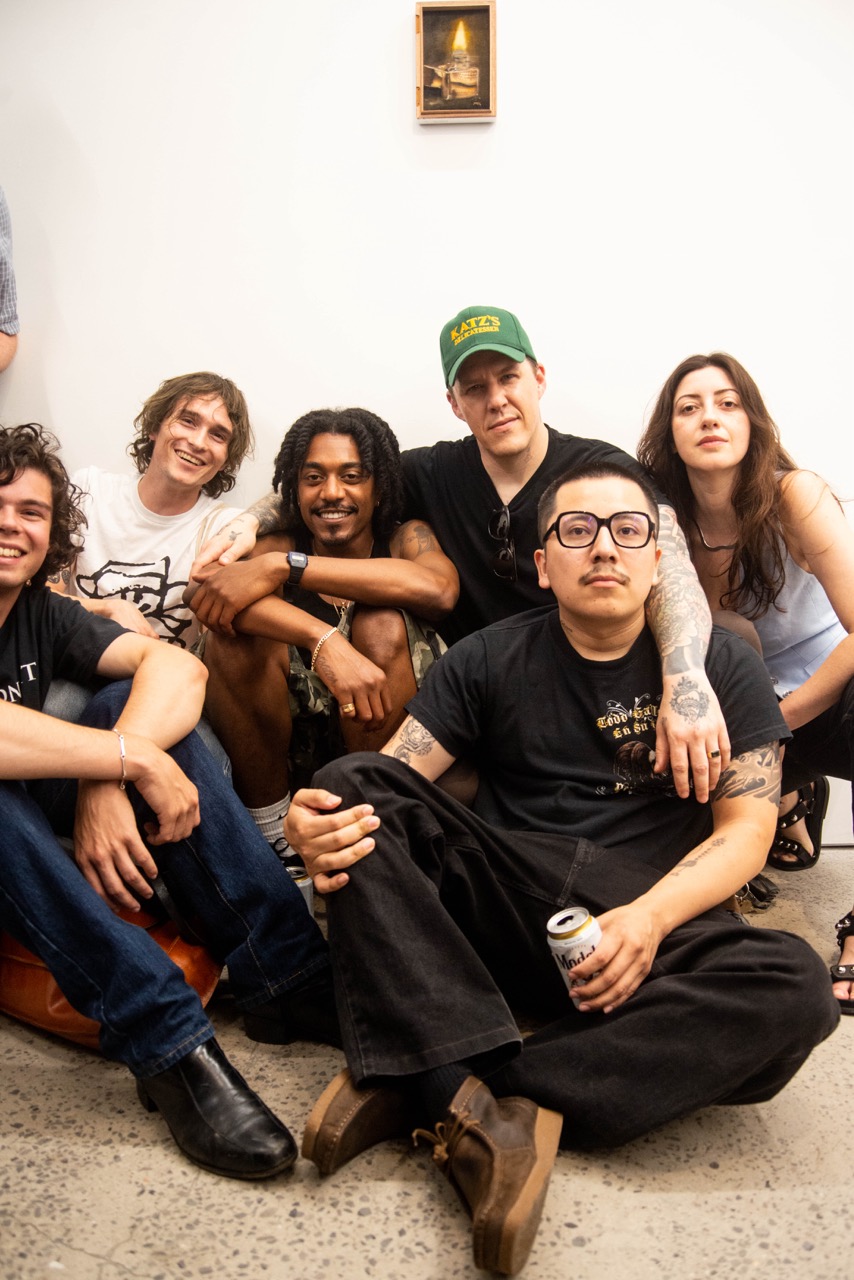
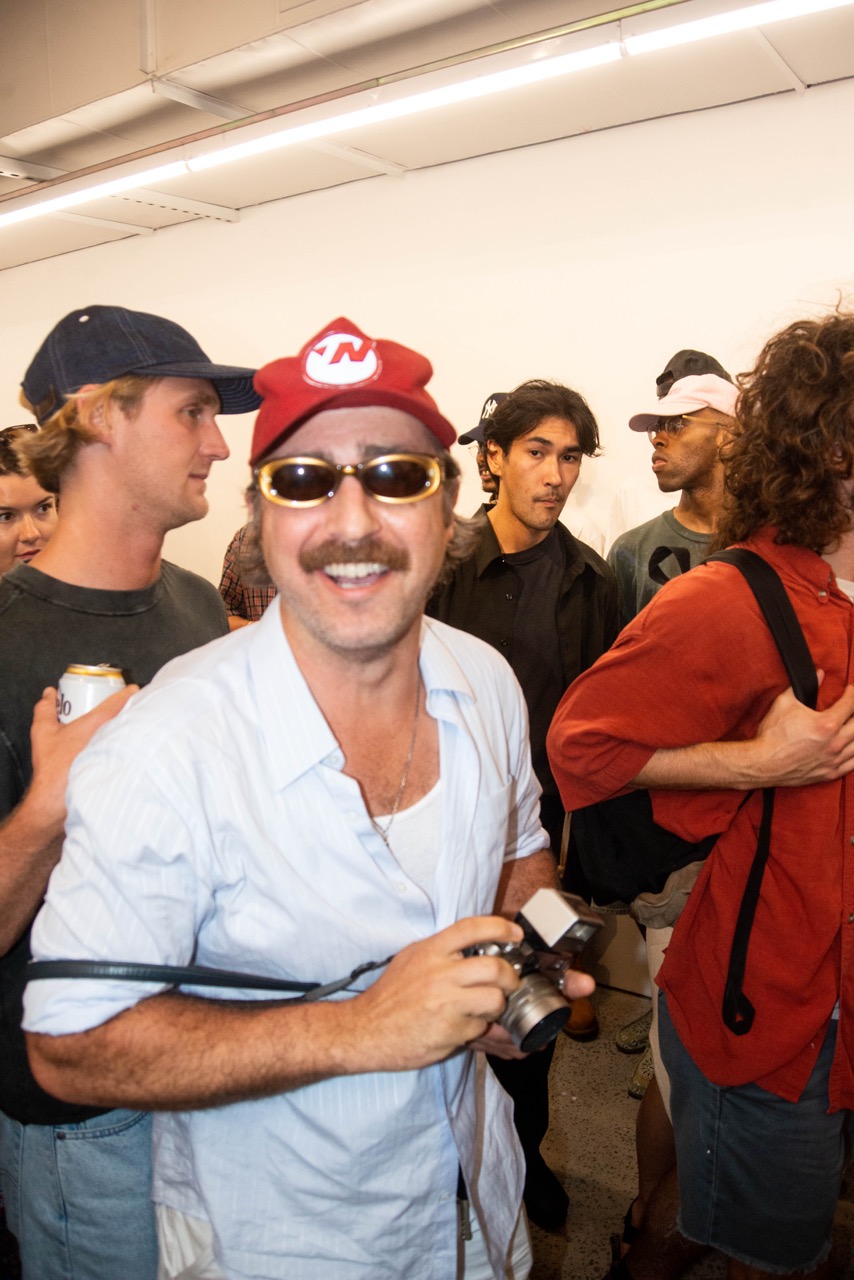
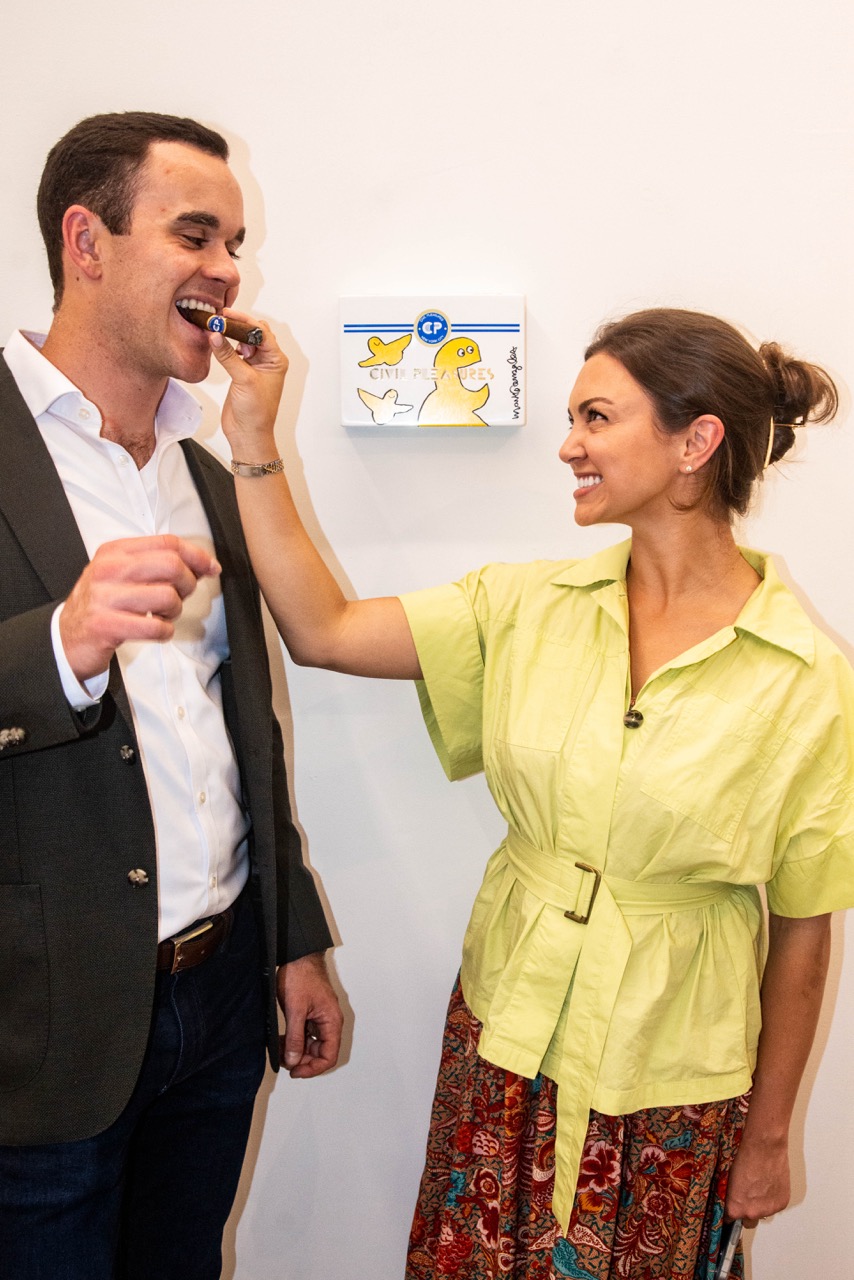
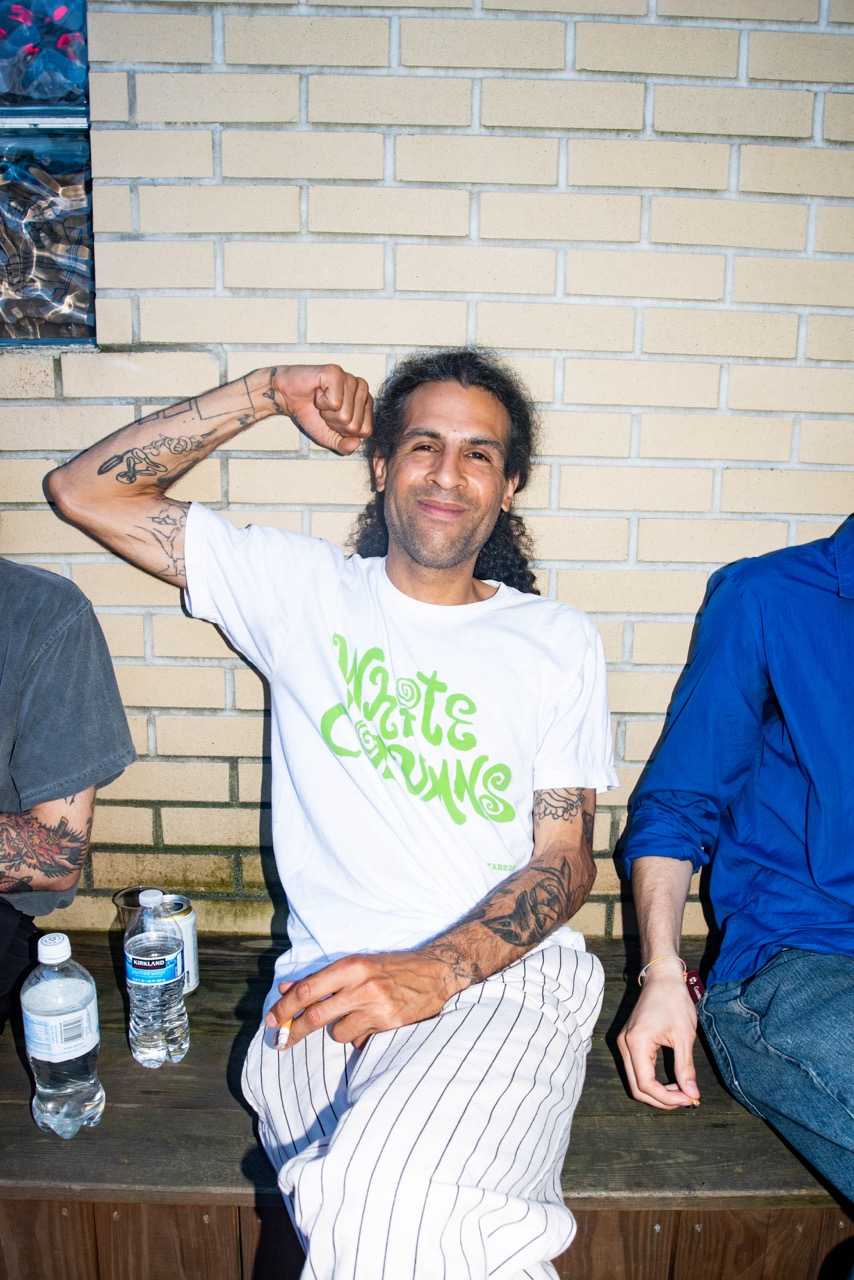

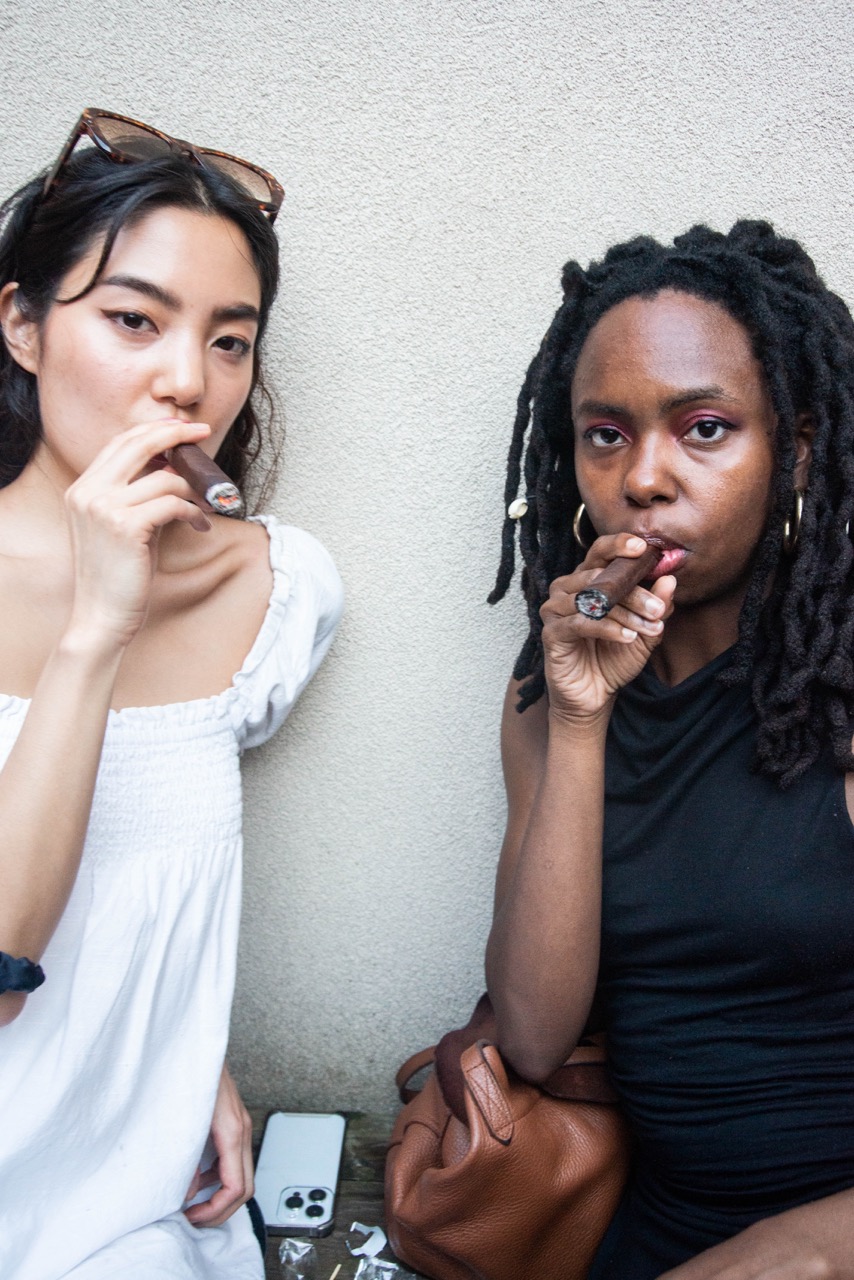

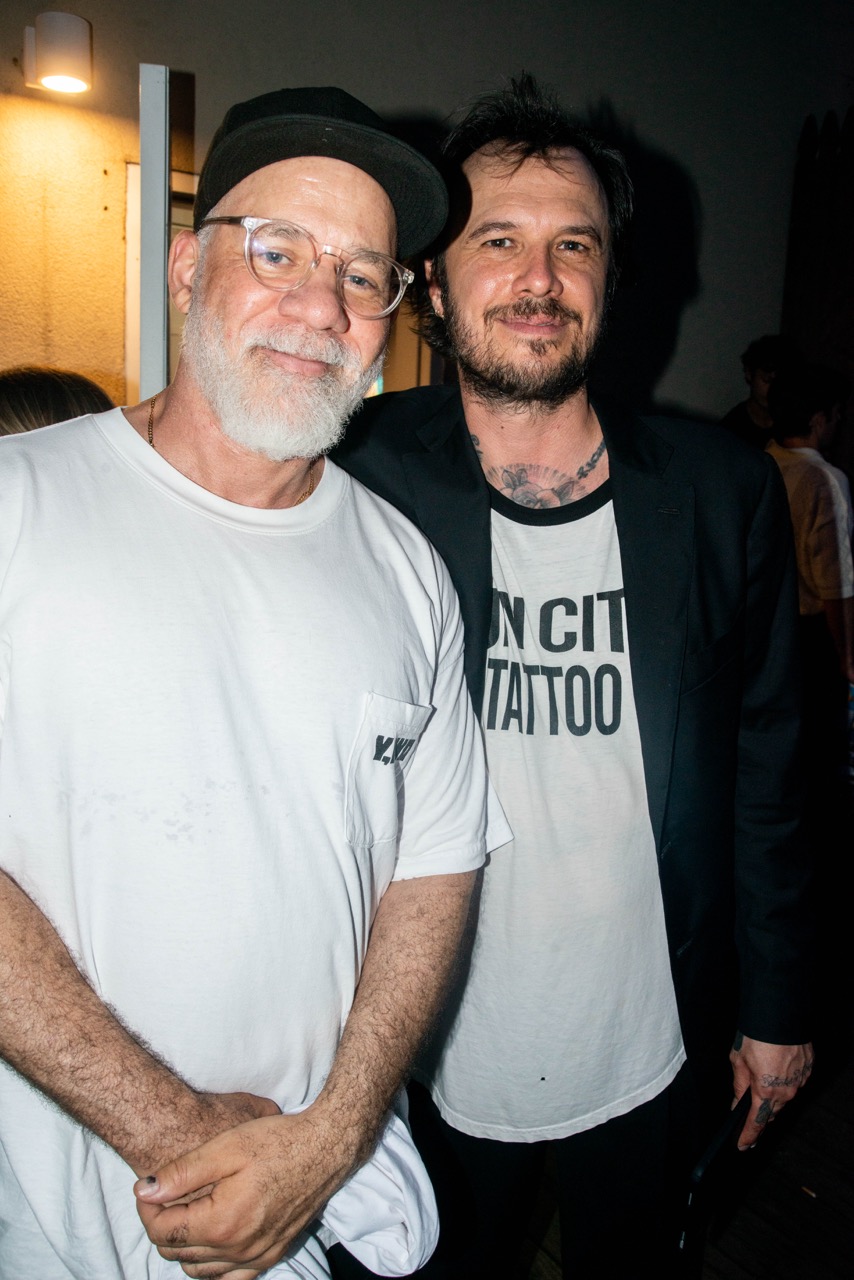
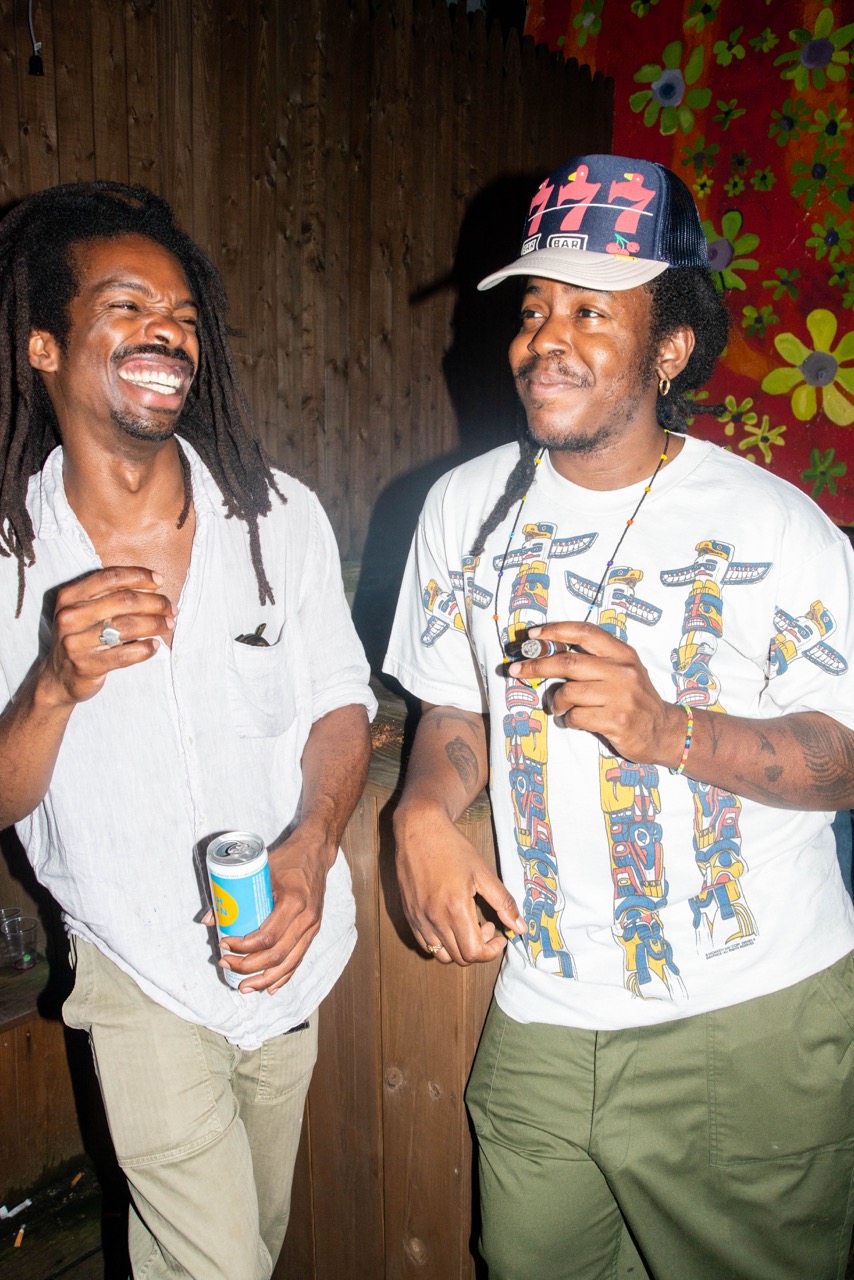
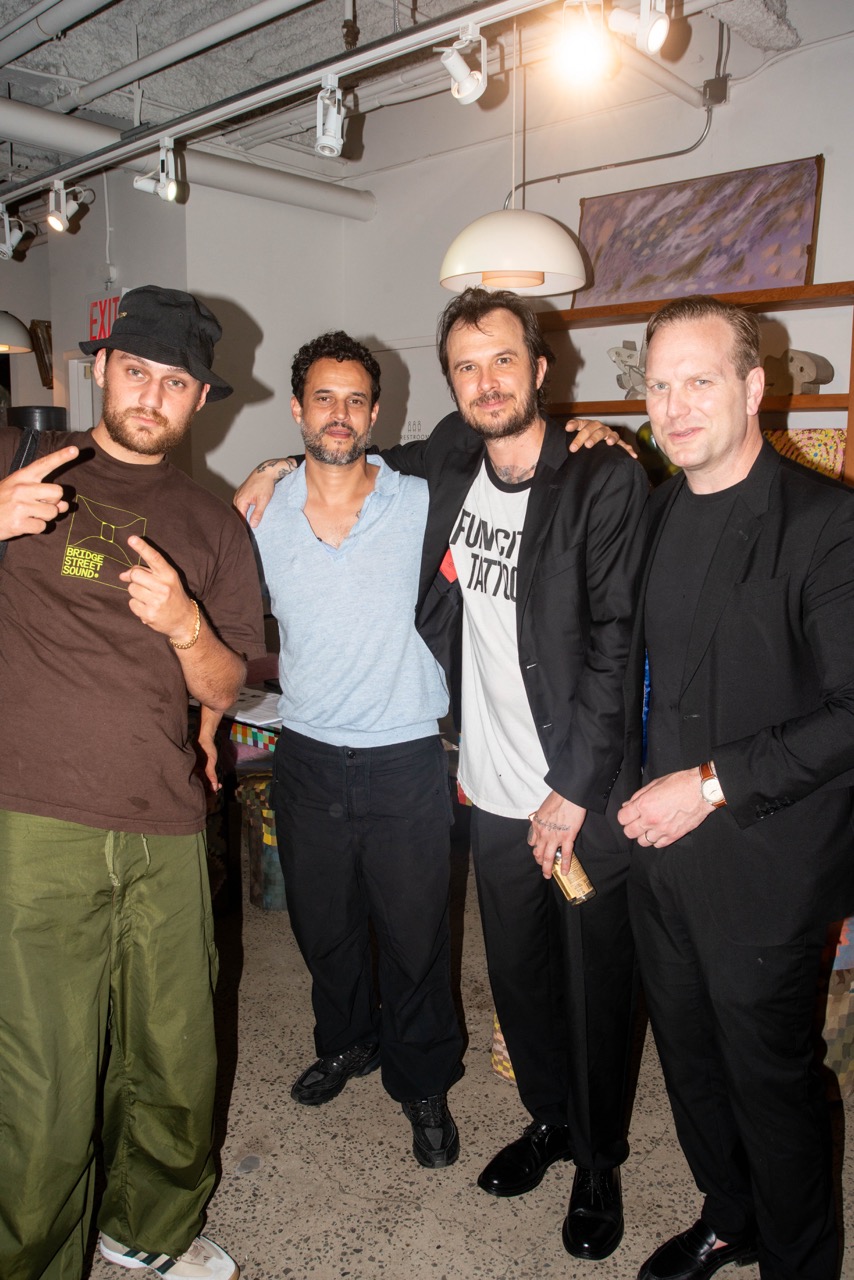

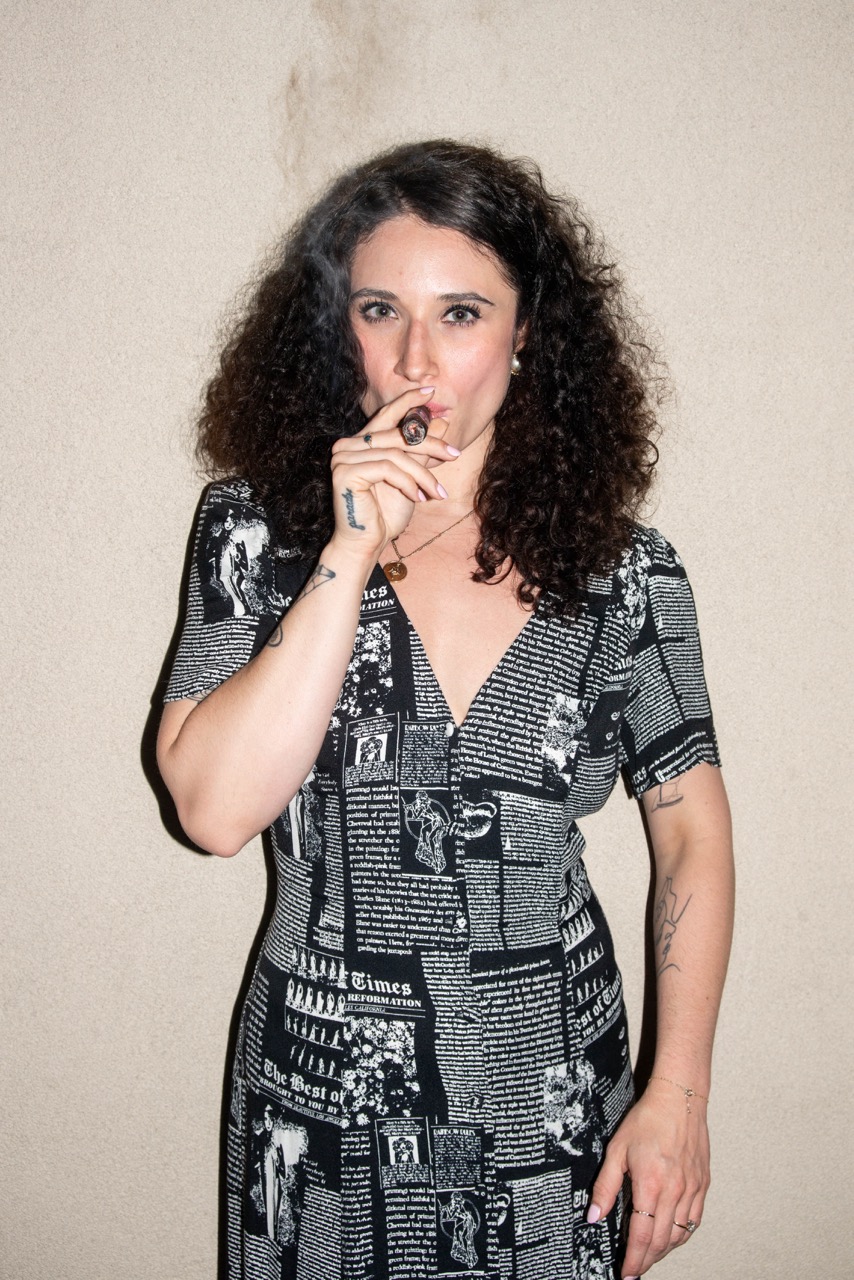
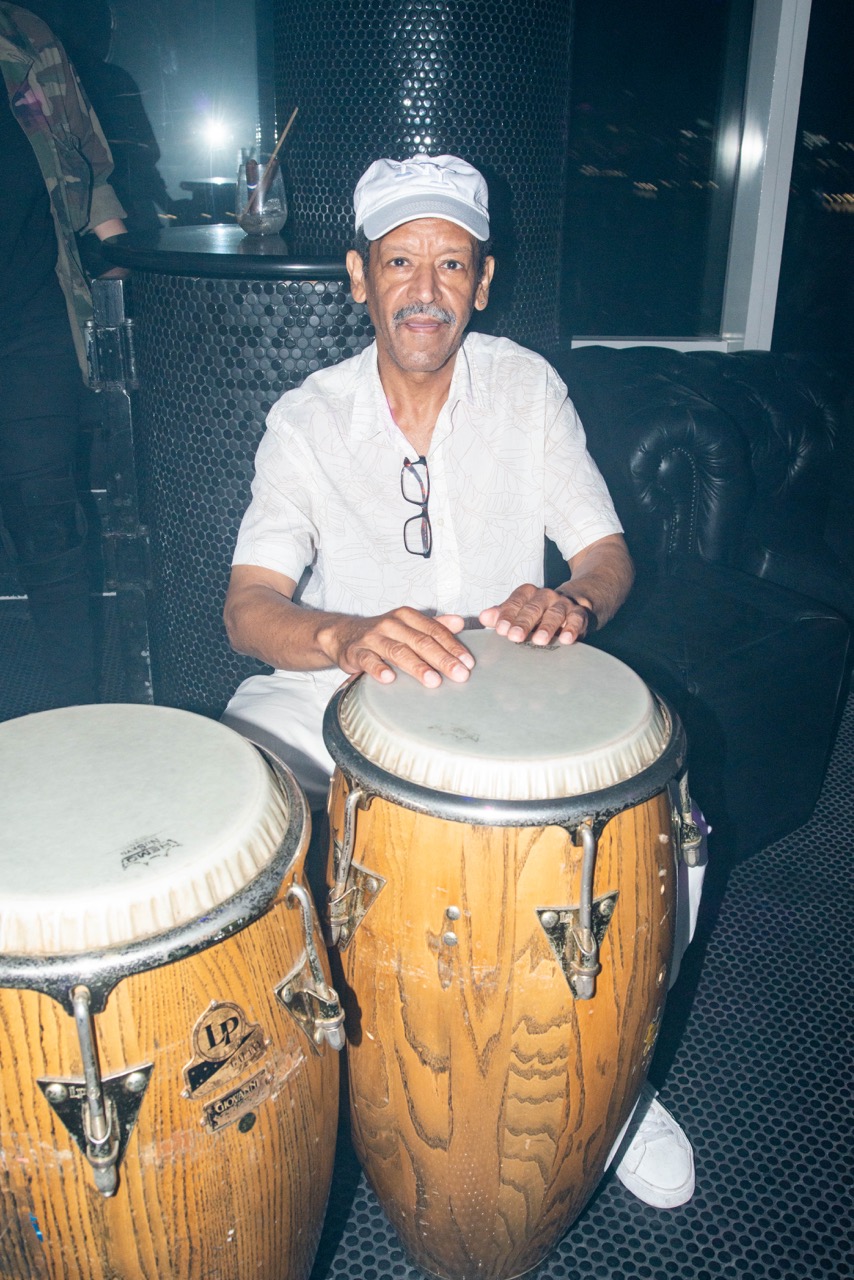
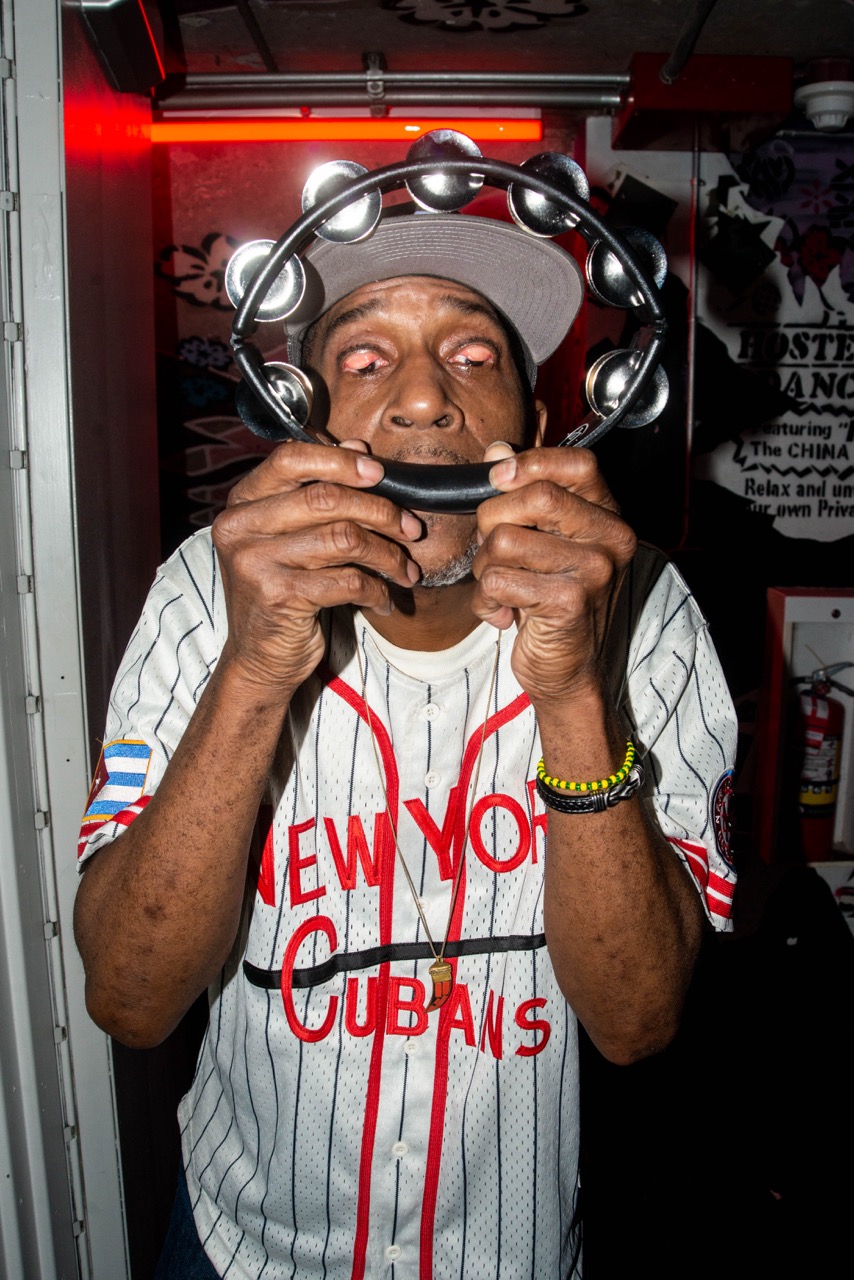

The Artist and the Cigar Box is on view online through June 30th.
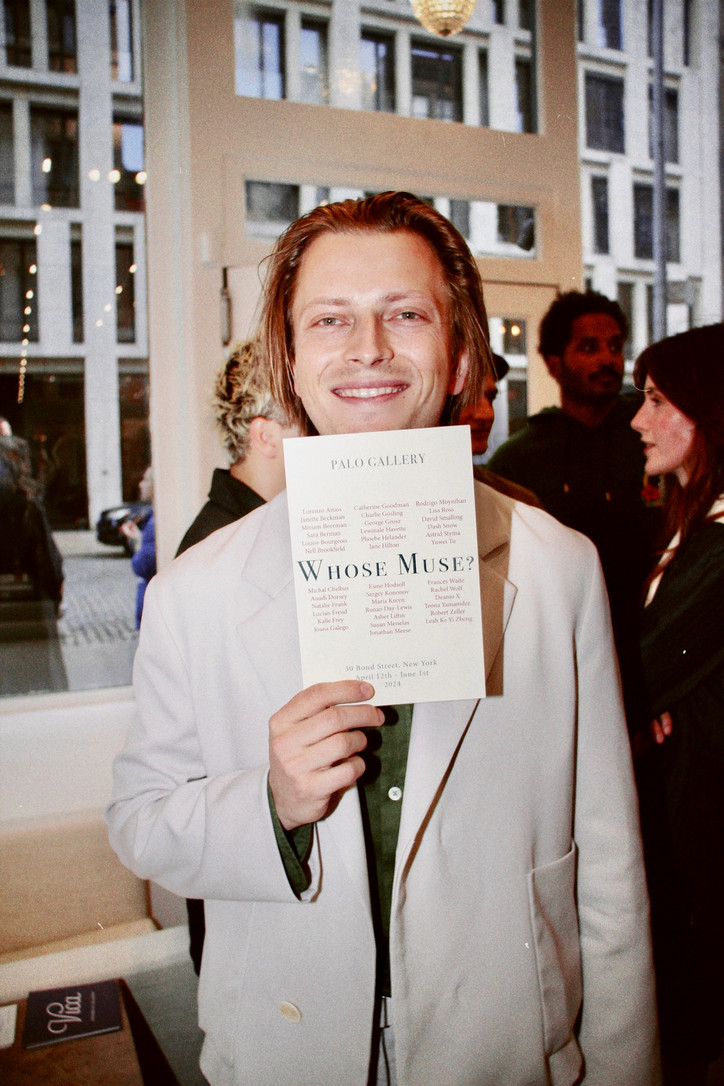
Recently, Paul curated a show, Whose Muse?, at Palo Gallery. Expansively and liberally installed, Whose Muse? demonstrates a boundless curiosity for the contemporary contour of portraiture painting and its limit. Problematizing the assumed parameters of muse as a passive recipient, Paul’s curatorial maneuver focuses on how the status of muse is granted but never a given. In line with his commitment to emerging talents, Paul highlights rising stars in the exhibition, who also happen to have posited some of the most enigmatic and provocative thesis on the absence and presence of muse in the contemporary landscape of portraiture painting.
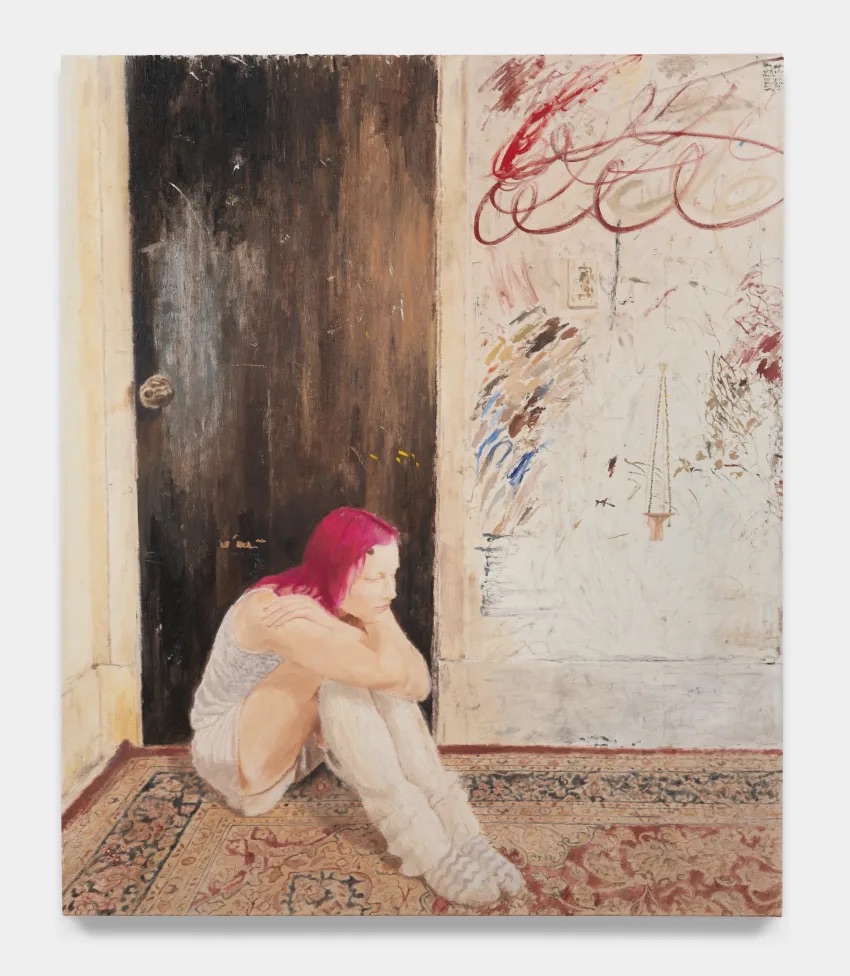
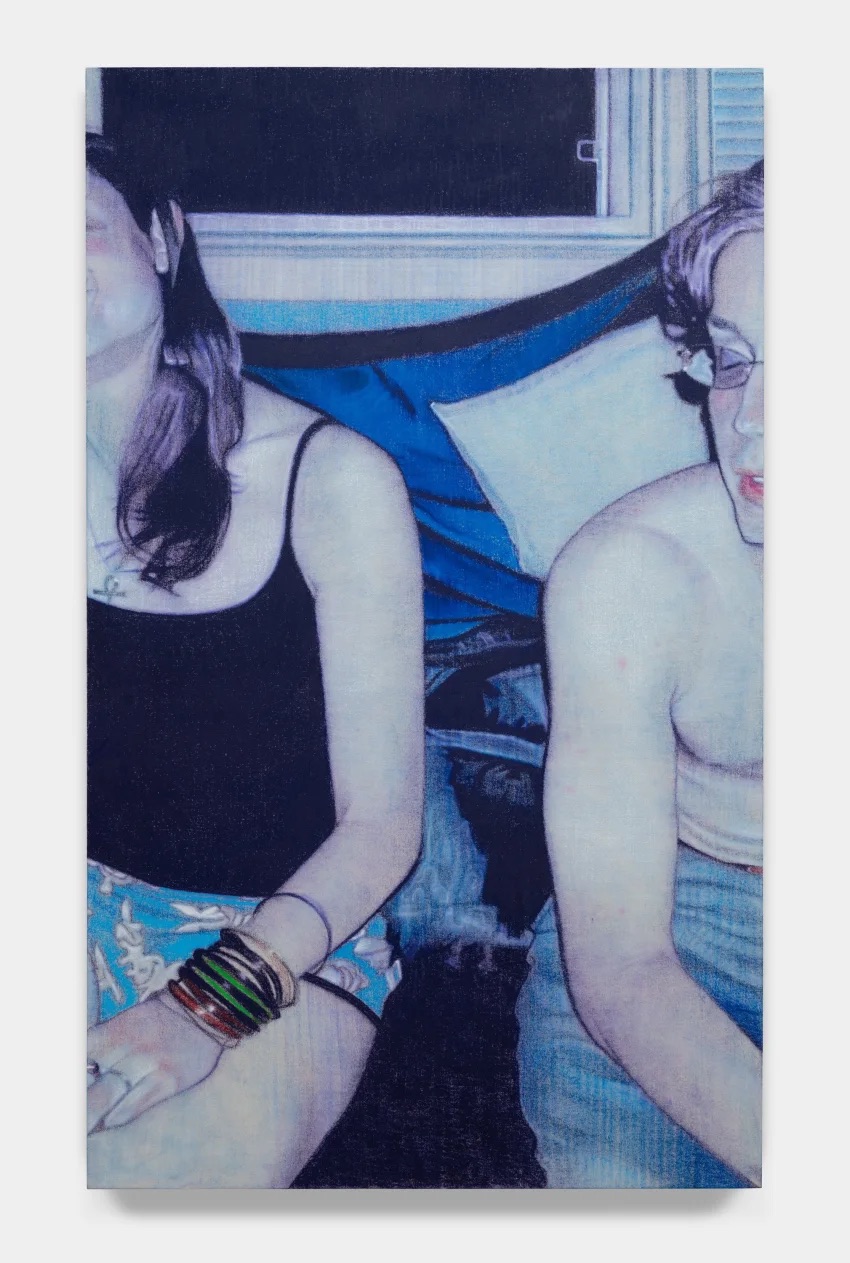
(left) Lorenzo Amos, Girl with pink hair / Analiese, 2024. Courtesy of Palo Gallery.
(right) Ronan Day-Lewis, The Space Between Us, 2024. Courtesy of Palo Gallery.
For example, Lorenzo Amos’ Girl with pink hair / Analiese hides his painterly gaze in the abundance of gestures and impressions. Alternatively, Ronan Day-Lewis designates archives of images floating on the Internet as his source of inspiration, in the case of The Space Between Us. Asher Liftin’s Miles Reading takes the digital impulse to explosive ends, bracketing otherwise unseen pixels as units of perception. Elsewhere, Charlie Gosling’s self-study series outright denies viewers access to the artist’s face, the locus of recognition and identification. A similar act can be seen in Leah Ke Yi Zheng’s Untitled (melting woman). The muse (or a fleeting image of the artist) seemingly disappears.

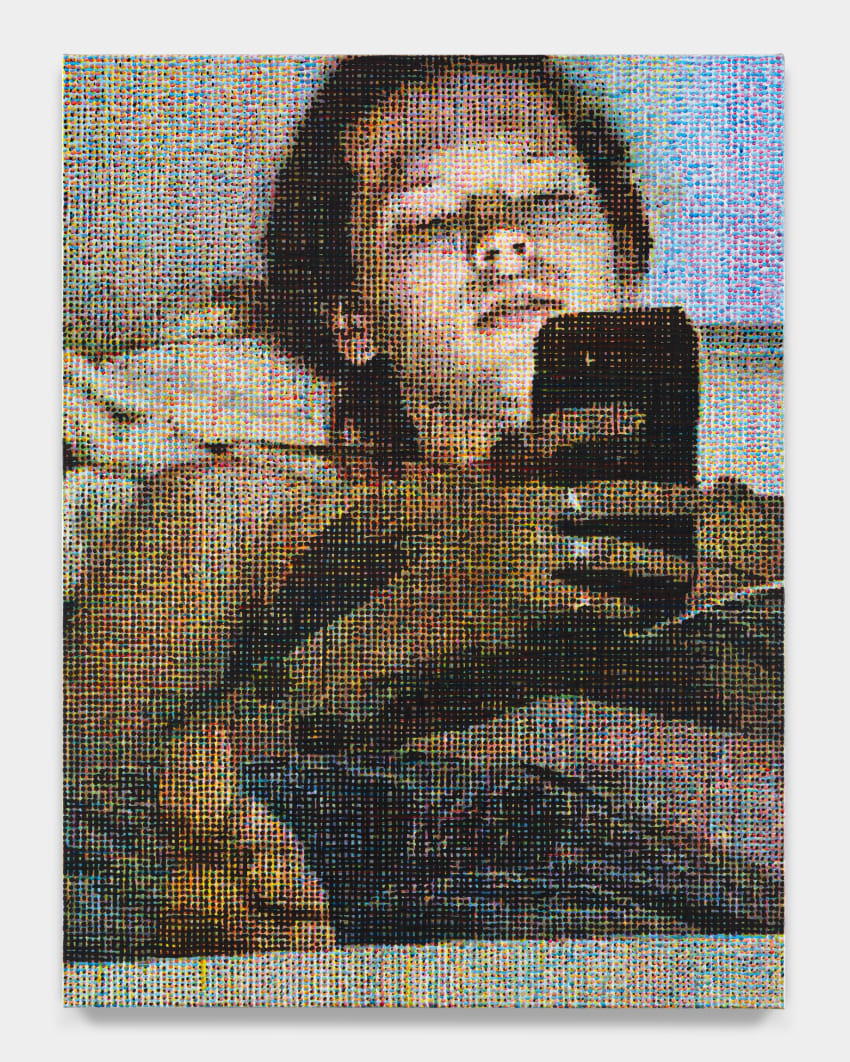
(left) Leah Ke Yi Zheng, Untitled (melting woman), 2023. Courtesy of Palo Gallery.
(right) Asher Liftin, Miles Resting, 2024. Courtesy of Palo Gallery.
This exhibition is called Whose Muse? and most artists in the show seem to be troubling this historically problematic notion of the muse. Shall we start with your curatorial strategy responding to the question of muse?
This whole conversation started because we wanted to do a show on portraiture. I found that there is a small group of very brilliant artists, loosely inspired by British academic painting, who are working in a very real portrait mode of paintings. Quickly, when it comes to showing portraiture, the inevitable question is who is being depicted and what’s the relationship? My curatorial strategy toys with the historical idea of muse, and the difference between the muse and portraiture subject, the latter often appearing in paintings commissioned by powerful figures in an official capacity.
My research discovers that contemporary women artists are not only painting a great deal of self-portraiture that deviates from the historically troubled muse but also intimate familial relations that are more balanced in terms of power dynamics. Ultimately, I am interested in complicating the trope of male artist and their muse. Through proper research, it is much more apparent that Kiki Montparnasse or Elizabeth Siddal, who have unfair reputations for being poor, helpless women, were brilliant artists in their own right. Siddal had just as much influence on the pre-Raphaelites as anyone in their circle. To me, the muse as a participatory subject in the creation of the work becomes a running thread. The question mark in the exhibition title is to look at the breadth and complexity of these relationships, especially in the 21st century, where we have artists who are working without an actual model. Ronan Day-Lewis just grabbed an image of one of these weird images people post on Flickr for his painting. It was a picture from someone’s digital camera from the 2000s. He cropped and painted it into an incredible portrait in the sepia tone. Ronan will never meet them and has no relationship with them, he’s just fascinated by the mystery of their lives.
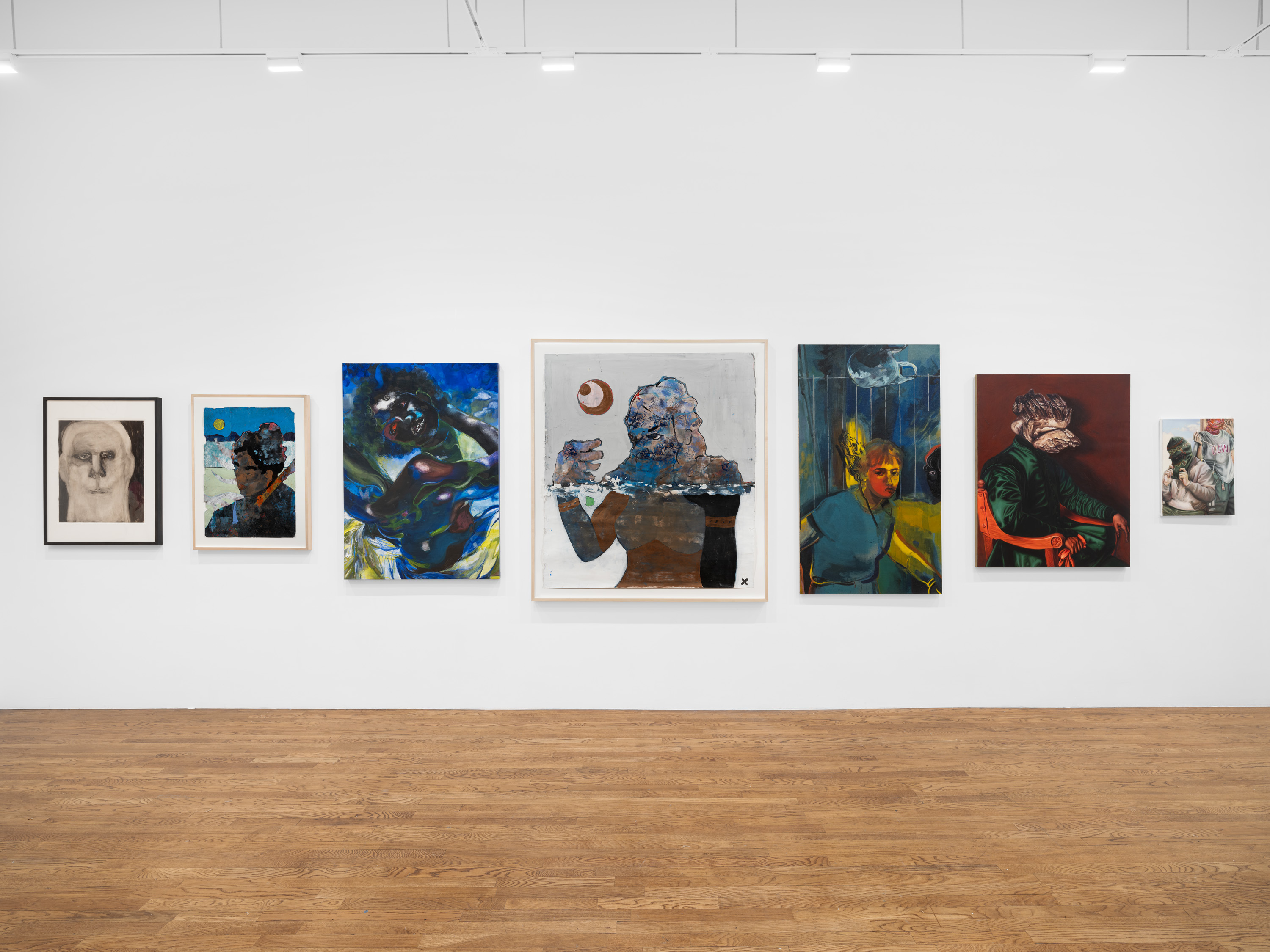
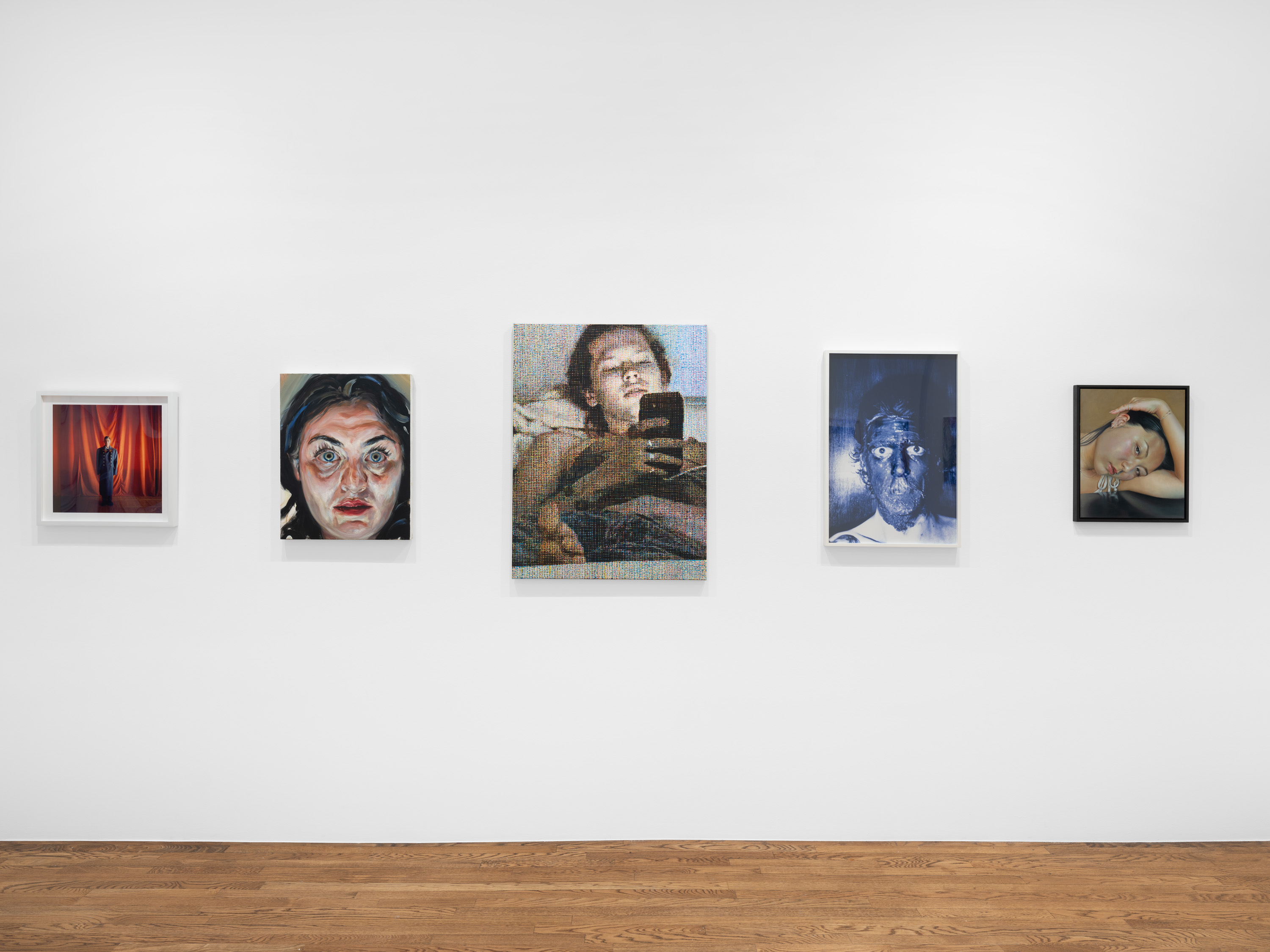
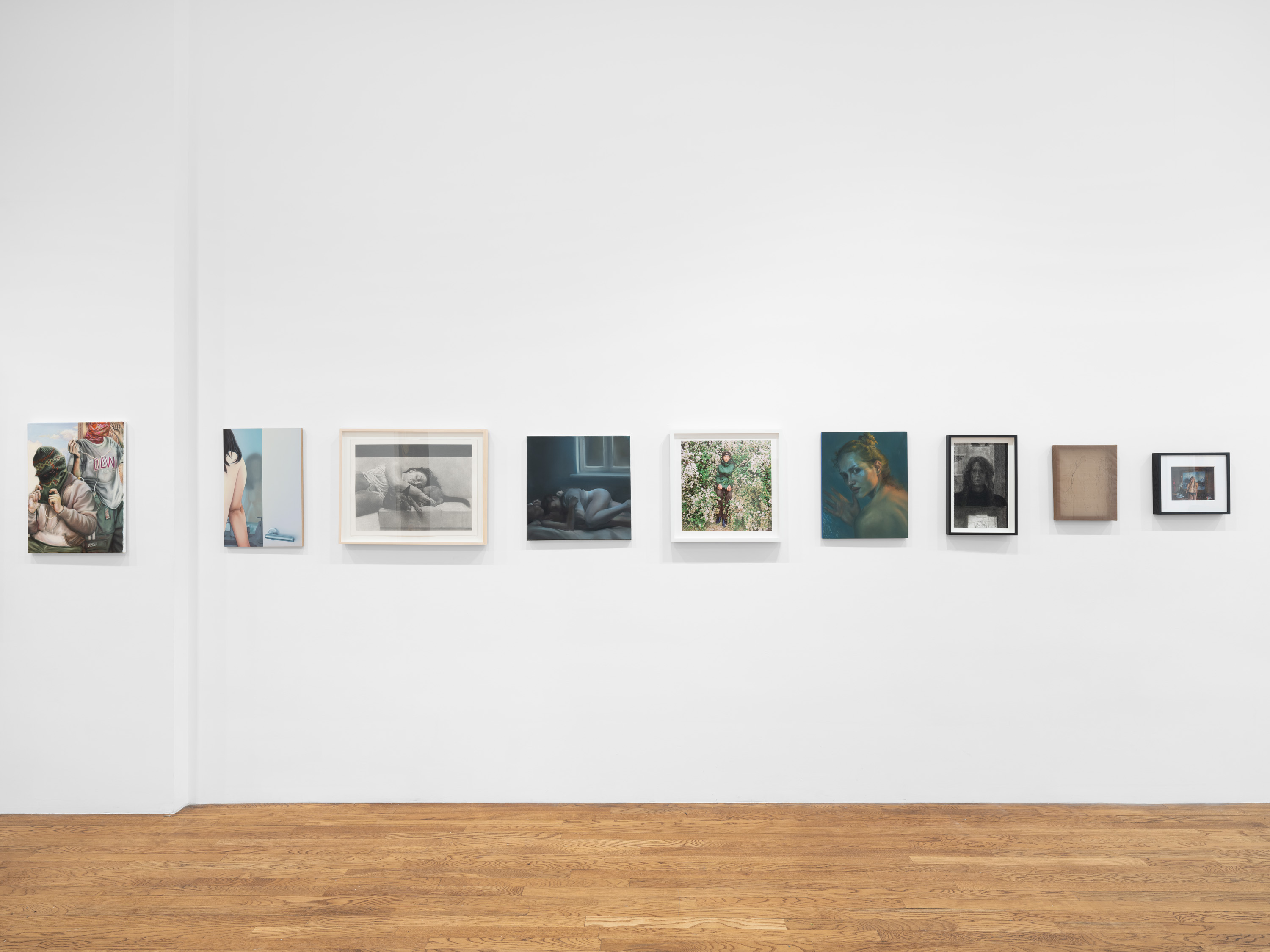
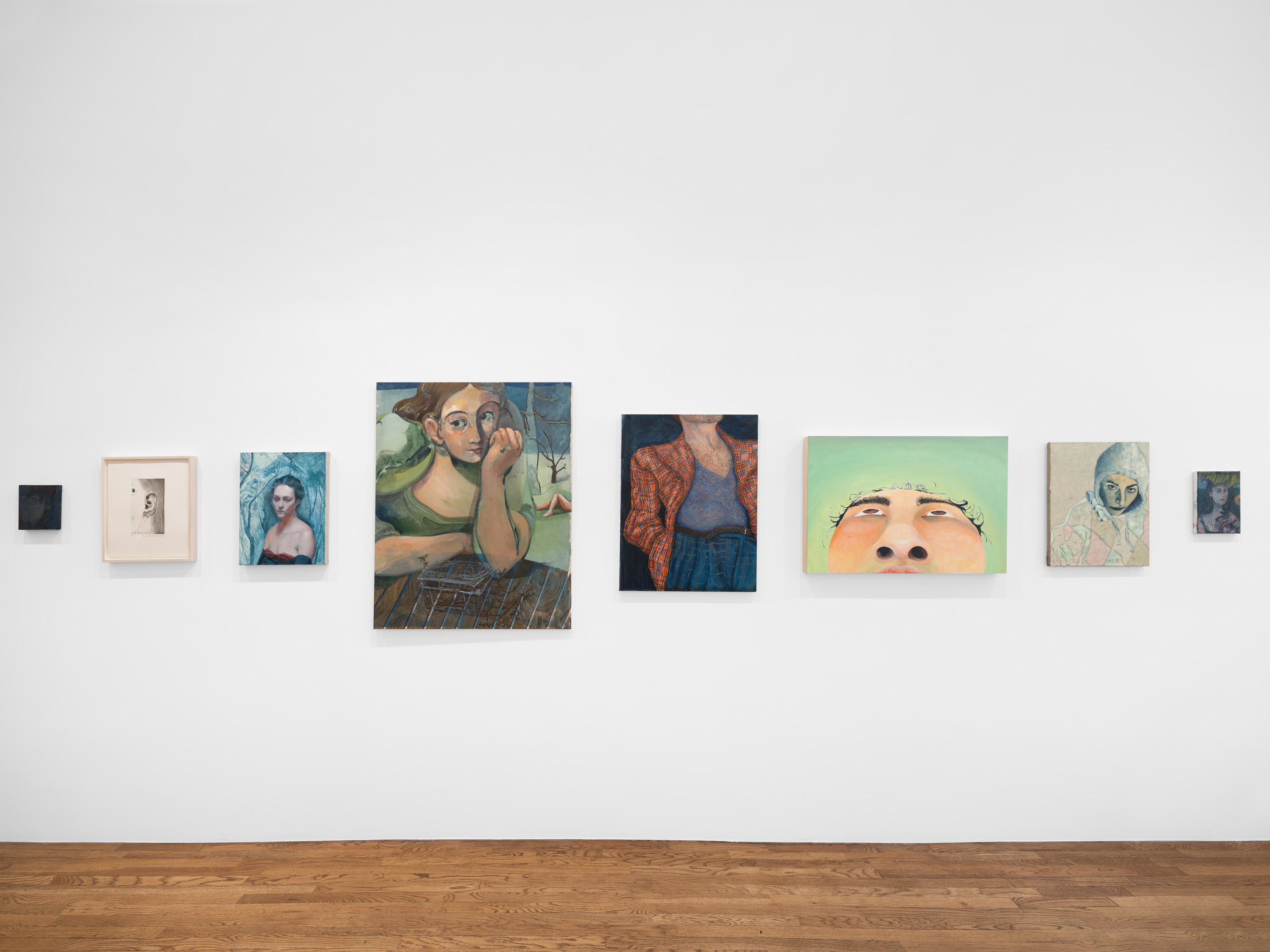
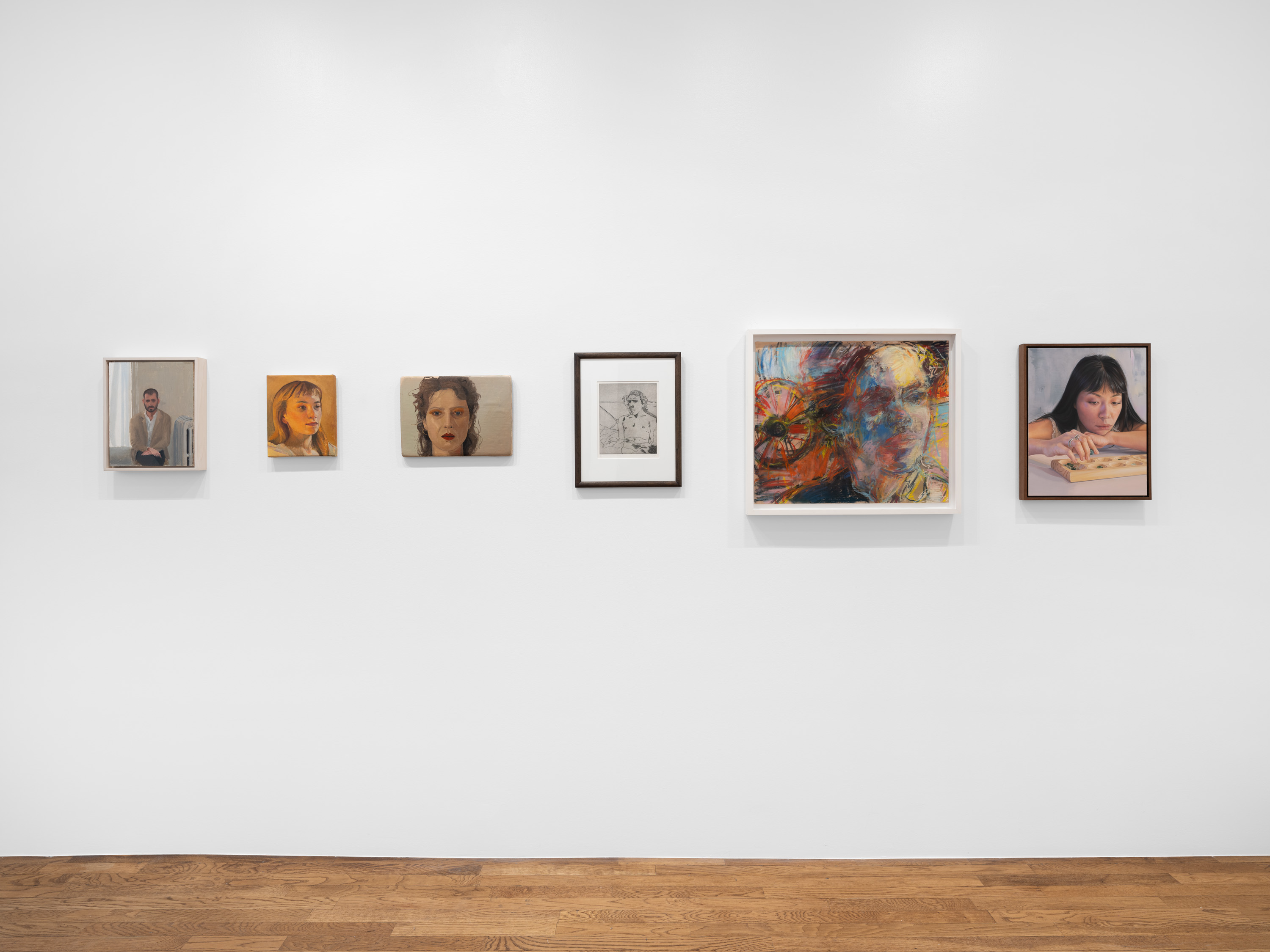
I am glad you mentioned the role of digital technology. As I understand it, there are quite a few artists in the show who are responding to how technology complicates this more expensive reading of muse-artist relationship. Could you talk more about those artists a bit more?
We live in a world where we are inundated with the idea of a portrait, right? We can take hundreds of portraits a day on our phones, but it is not the same as a true relationship to or study of a human. In most cases, the traditional portraiture is just as much a painting of the artist as that of the sitter. In spite of sounding arrogant, I wanted to put together an exhibition that encourages looking at images and depictions of other people again. Asher Liftin made two portraits for the show. One of them was based on an iPhone picture of his friend Miles, taken when they were visiting the last Venice Biennale. Asher broke the photo up into pixelated four colorway practice, which becomes a fascinating interplay between digital pixels and printed inks.
David Smalling’s painting is not of anyone, it is a surrealist contortion of a figure in marble. He has gone completely meta with it, using Photoshop to make almost a fetishization of the idea of a traditional, erotic muse such as Venus de Milo.
At the same time, I am balancing that with people who completely reject the technological side of things. Phoebe Helander only works with live models. Esme Hodsoll just told us she needs another three months of sitting!
Lorenzo Amos is in the middle. He would say his biggest inspiration are Mapplethorpe, Freud, Menzel, and Goya. Lorenzo sits with his models for hours, gets them to close and sit and frame up. But he takes photos of them with his iPhone, and that is his reference images to turn into these very painterly paintings.
I’m also thinking about artists using projectors to project images on a canvas. When you put them next to Lucien Freud, which is probably the other end of the spectrum, a very slow considered study, tensions rise.
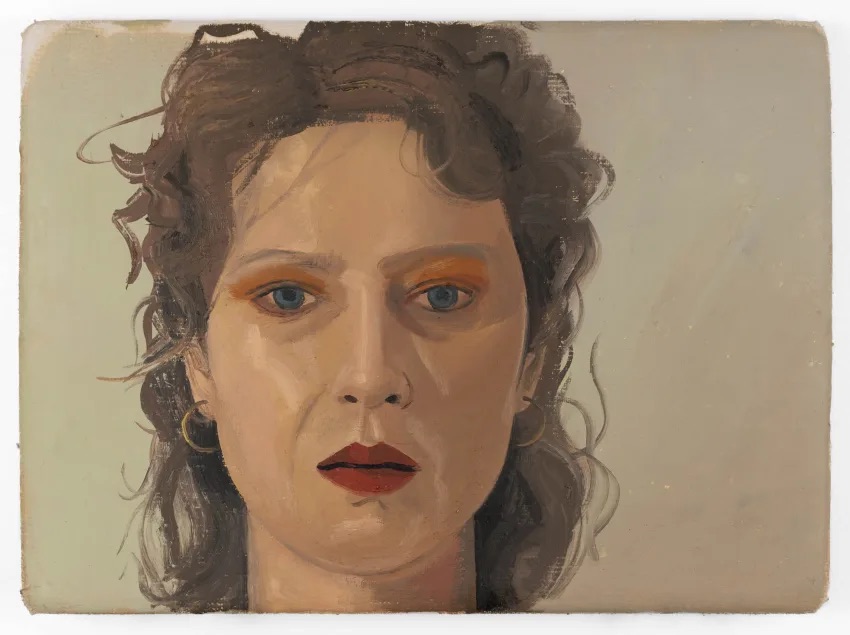
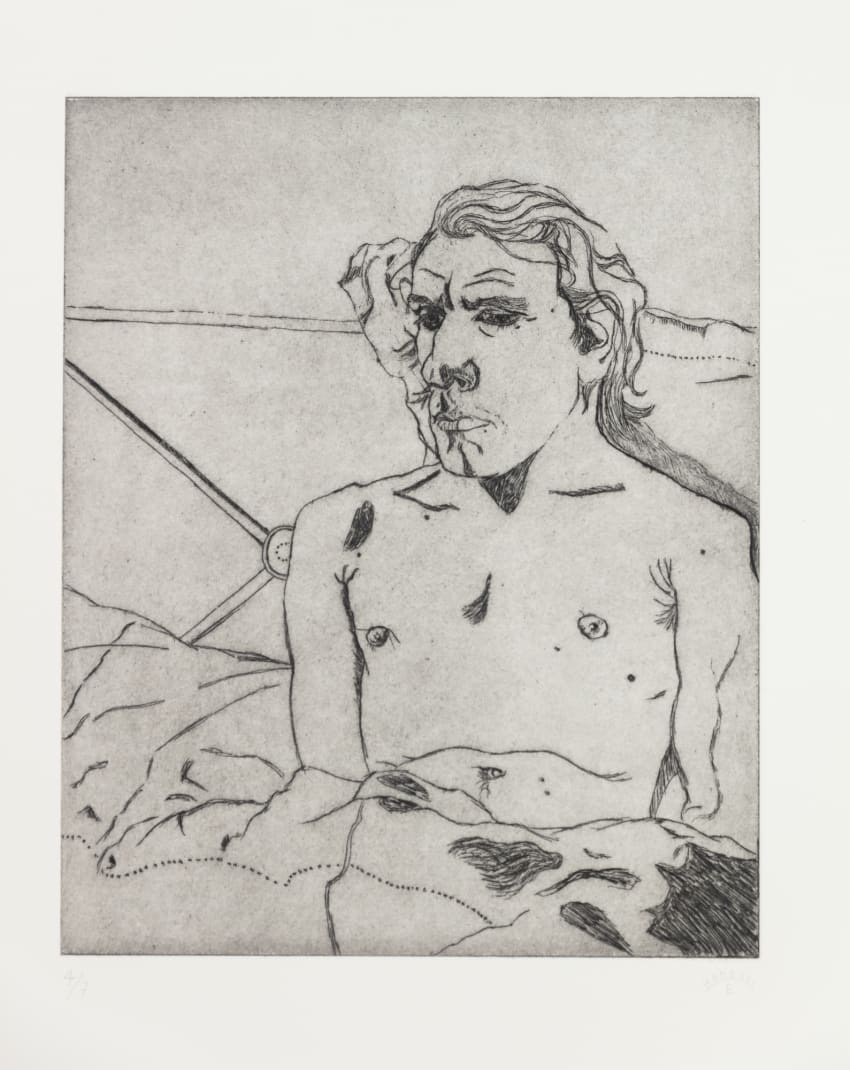
(left) Phoebe Helander, Orange Eyeshadow, 2022. Courtesy of Palo Gallery.
(right) Esme Hodsoll, Boy In Bed, 2016. Courtesy of Palo Gallery.
You mentioned Freud. There’s a whole group of artists in the show hadn’t been thinking about technology, just because they were making works at a different time. I’m interested in the intergenerational lineup that you’re opting for here. Is this a historical survey? Or are you trying to establish interplays and tensions between the historical and contemporaneous.
I would love to do a historical survey of portraiture, but I don’t think we have the access or the wall space to go as far back as I would like to go. However, you can’t look at the state of new academic painters, like Lorenzo Amos or Sergey Kononov without considering Freud because he is certainly one of the most important post-war artists working with the idea of muse. Freud also had quite a reputation for being rather horrible to his subject. Nicola Bowery and Sue Tilley have both written books about their complicated relationships with Freud. But he is the ‘father’ of many of these painters working today and having this exhibition without his work felt some somewhat off.
I also selected a George Grosz drawing Artist and Model in the Dunes, which is a very sexualized study he did in the dunes in North Germany. It’s very cheeky, as Grosz was always slightly tongue in cheek, and still felt very relevant to the context of portraiture. Having a few artists who represent more of the history, even if it's the last 100 or so years was very important to look at this larger picture of portraiture.

George Grosz, Artist and Model in the Dunes (1940). Courtesy of Palo Gallery.
I’m also curious as to, now that you have completed curating the show, what are some of the insights you wish for people to take home?
When I go to the Met, or a lot of other museums, I have noticed that aside from the really, famous ones, like Mona Lisa, a lot of people move past portraits. It is less interesting than a grand landscape or history painting to many people. To me, portraitures often the most interesting. Because of this technical technological profusion that replaces portraits with images of people, we have lost touch with looking at considered portraiture. The show is an attempt to encourage considered looking and think through what representing a person really means. As a story or a vessel, a portraiture is always a complex network of contradictions, intricacies and tensions. Most importantly, I want people to physically be at the gallery to look at these portraits that fill our walls. Even right now, as I start looking at works together, and seeing connections that I hadn’t considered before, my perspective is constantly being slightly shifted. As much as we can put things together as a PDF, it is never the same as having them in the same space.
It seems that your curatorial strategy here goes beyond identifying different modalities of contemporary portraiture, be it seated, observed, or self-portraits, and really fleshing out the more intellectual and aesthetic implications of creating portraitures in the age of device saturation.
I started with the idea of putting portraits into three categories because we have these three rooms. I have left that idea behind because I thought it was too reductive. A portrait of a model can be just as much an act of self-portraiture as a physical self-portrait, and a self-portrait can be just as distant as copying a found image into a painting to me. I want to be unconstrained in my curation here and explore these more intricate, sensitive relationships when it comes to technology, subject, and agency. It is more exciting and a lot harder to put together a show that avoids using easy marks, but I think it’s going to turn out to be a very interesting conversation.
Whose Muse? is on view at Palo Gallery, 30 Bond St. New York, NY 10012 until June 1, 2024.
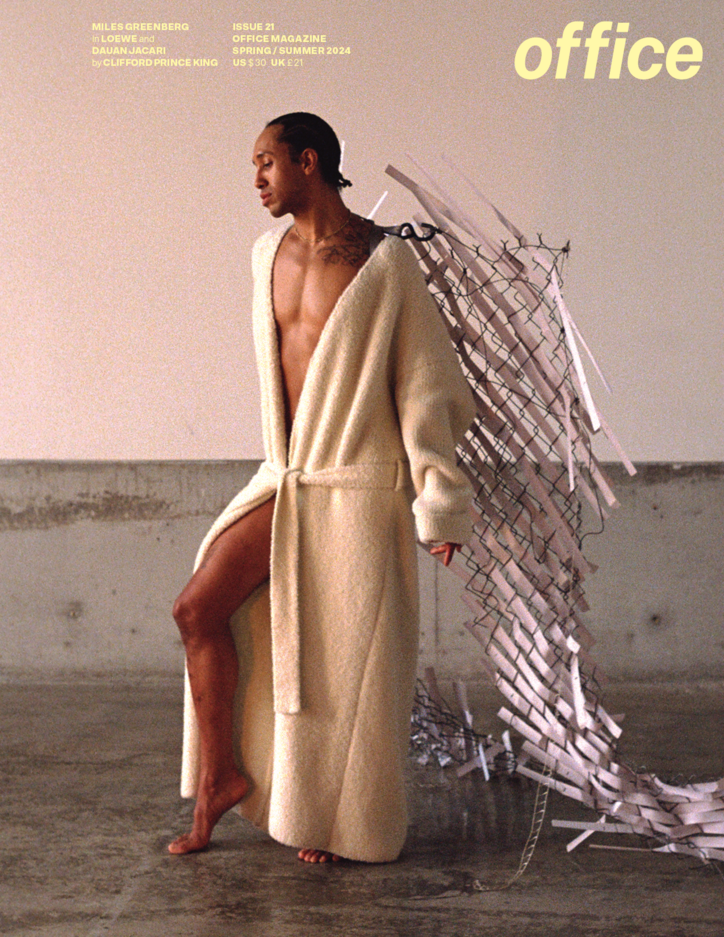
CARDIGAN by LOEWE, WINGS by DAUAN JACARI
On the walls of his studio, relics of past works intermingle with ideas-in-progress and reminders for the future. A print of his performance Late October (2020) at Galleria Continua, on the outskirts of Paris, hangs above a leather sofa; to its right are an assortment of pinned-up sketches, notes, and images. A floor to ceiling mirror across the room lists Greenberg’s 2024 exhibitions and performances written in dry erase marker; the stacked calendar includes the Venice Biennale in Italy and the Yokohama Triennale in Japan, as well as a solo show at Buro Stedelijk in the Netherlands.
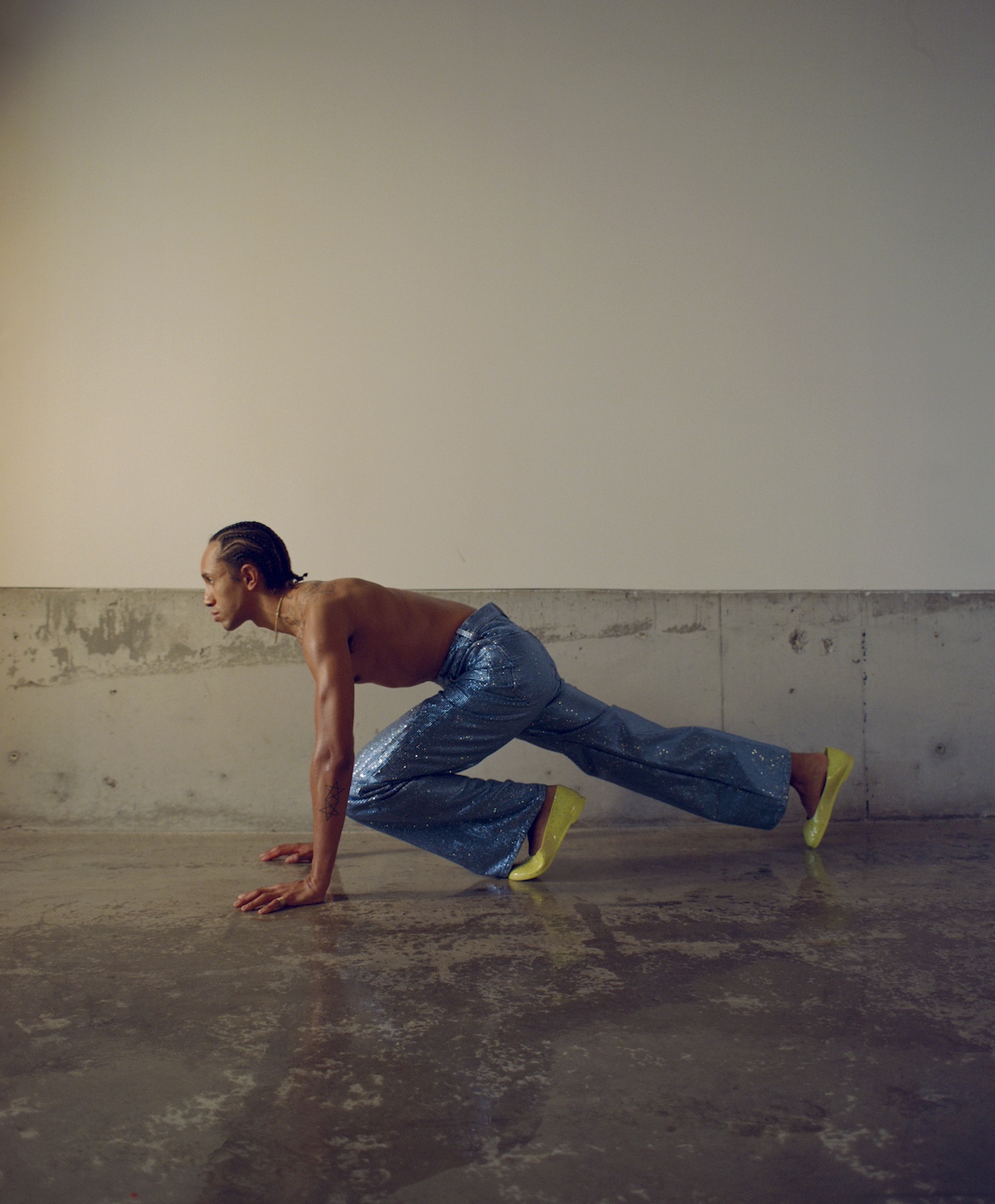

FULL LOOK by LOEWE
Greenberg can approximately be described as a performance artist, though as he explains to me later in our conversation, he finds the term “artist” alone more accurate. His work can also be understood as a form of sculpture, shaping moments and scenes with human bodies in site-specific durational works that often stretch across hours and hours. Born in Montreal and raised by his mother, who was an actress in a Russian absurdist theater troupe in his early life, Greenberg was exposed to a wide range of art and artists from a young age. At 17, he dropped out of school and began experimenting with different forms of performance; by 20, he was invited to study with prolific Serbian performance artist Marina Abramović. Now 26, he has completed residencies and shows at prestigious institutions all over the world, including Palais de Tokyo in Paris, France and the Watermill Center in New York. Last year, he was invited to stage and record his work Étude Pour Sébastien (2023) at the Louvre.
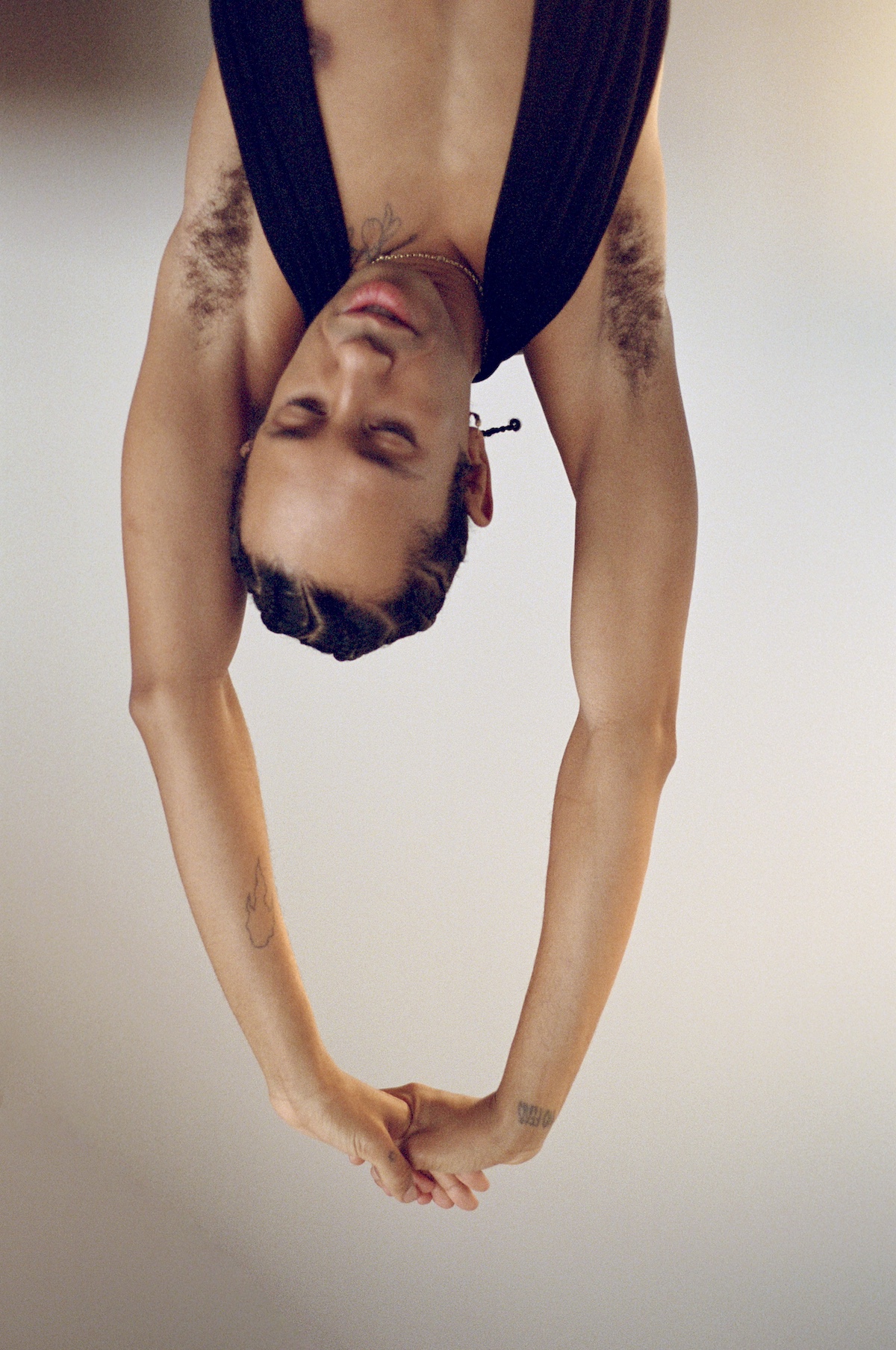
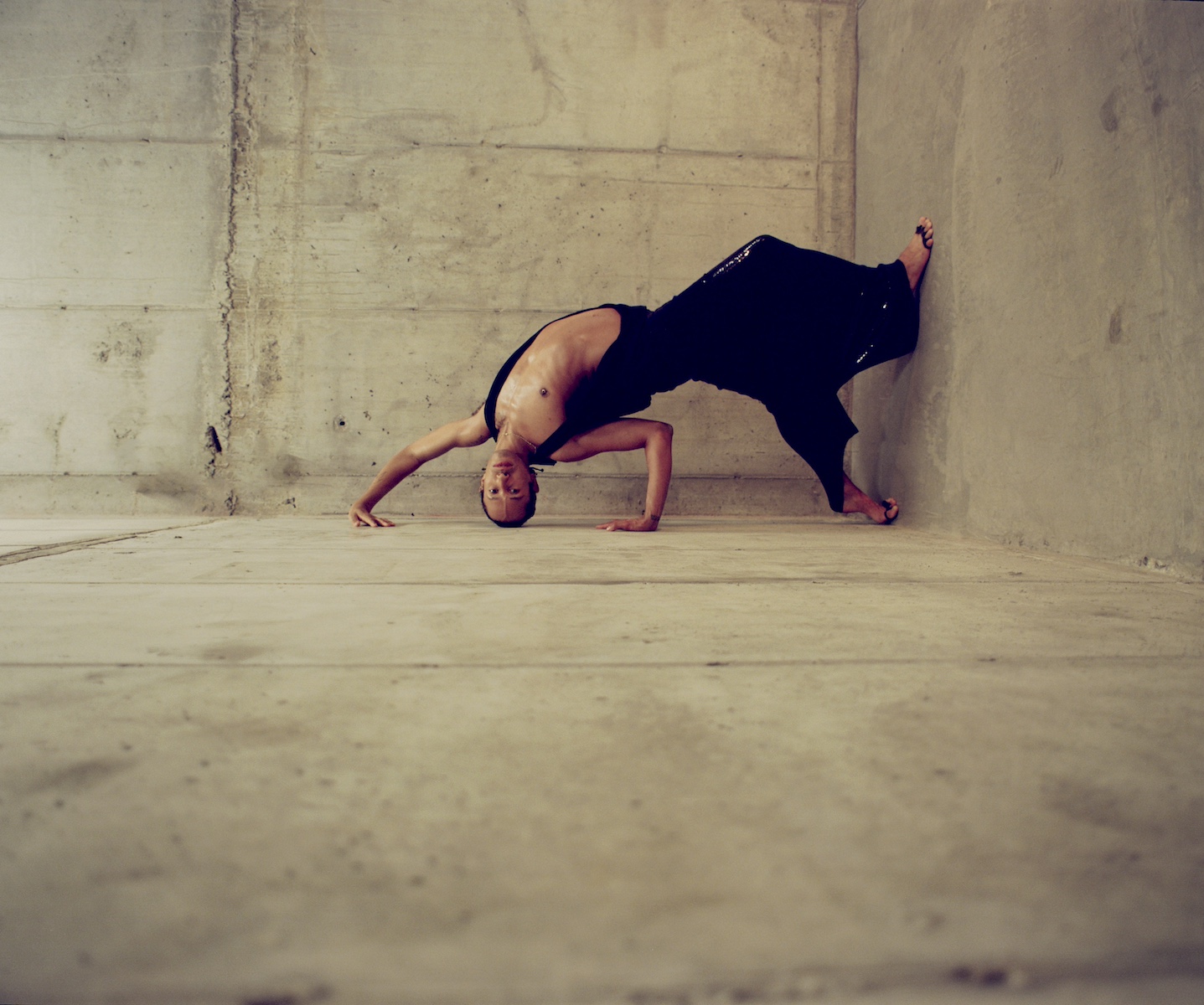
One oft-discussed element of Greenberg’s practice is the rigorous physical training and diet required to condition his body for the strain of durational works, and the particularly strict physical regimen that he undergoes as a ritual in the two weeks before a performance. Given the supernatural themes of office Issue 21, I ask if he has any corresponding spiritual rituals for preparation ahead of performance. A grin spreads across his face. “I do, but I don't want to tell you about it.” I ask him if he believes in ghosts (he does, though he declines to say more) or the afterlife (he passes on that question.)
“What about God?”
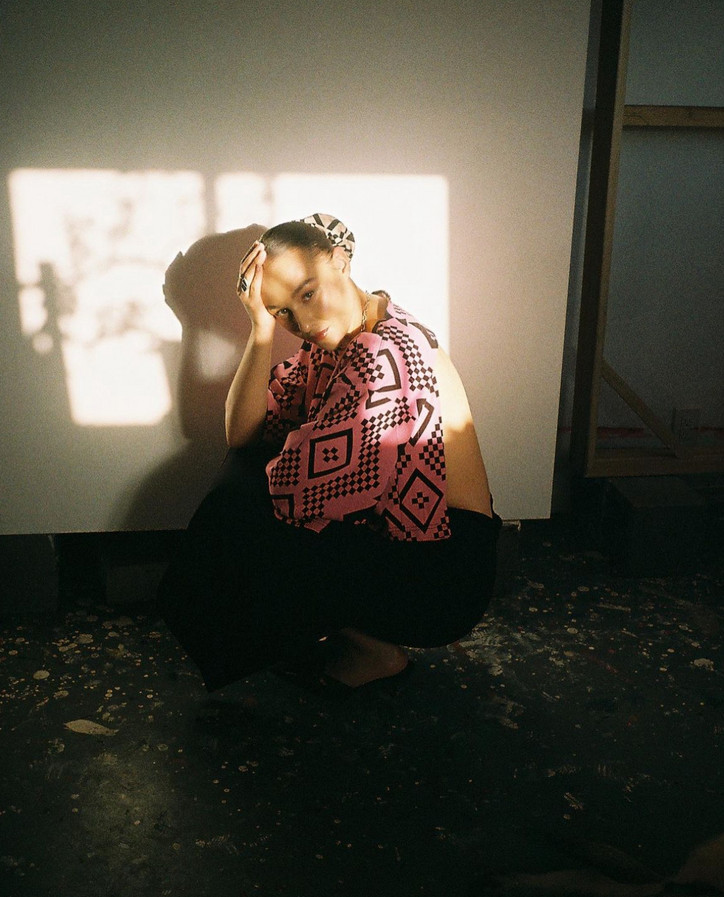
In January, Creative Capital announced this year’s grantees, a beautifully colorful and expansive list of artists sending powerful messages through the visual arts and film/moving image. A total of 54 artists will each receive up to $50,000 of unrestricted project funding as well as opportunities to build their network and creative community. So Creative Capital is not only helping to ignite the fire in each artist but assuring that it burns on fiercely even beyond each new work. “We’re committed to not only helping these brilliant artists realize their projects, but to also create the conditions that will enable their artistic practices to thrive,” President and Executive Director Christine Kuan echoed.
This year’s grantee group is made up of 80% artists of color — 20% of which are Native or Indigenous individuals. Northern Cheyenne painter and printmaker Jordan Ann Craig is among that category. Craig uses her work to fuel her imperative pursuit of bringing visibility to the place she comes from.
Jordan Ann Craig always infuses her upbringing into her work, speaking from her personal experiences. Her Creative Capital-supported project will be in collaboration with her mother, Brigit Johnson. Within this work, Books Not Returned to the Library, Craig and Johnson are speaking with authority on an epidemic that has flown largely under the radar for the general public: the rapid disappearance of Native women occurring every single day, at unimaginable rates. This work will include handmade books, each representative of one missing or murdered Native woman, girl, or two spirit — telling their stories on a larger scale, as they deserve to be told.
Below, office spoke to her about her Creative Capital-funded project and what it means to open doors for others, as it has been done for her.
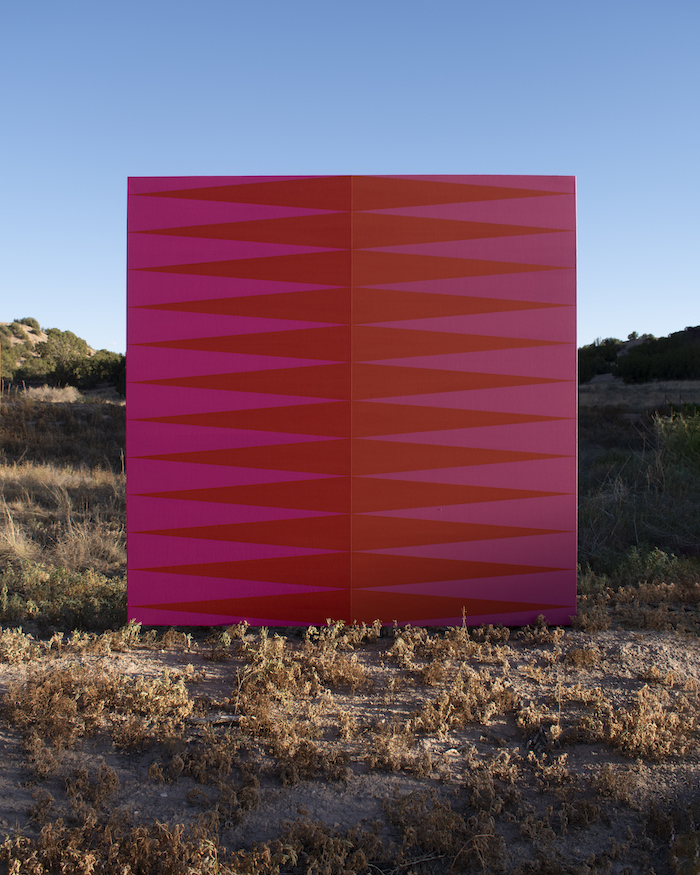
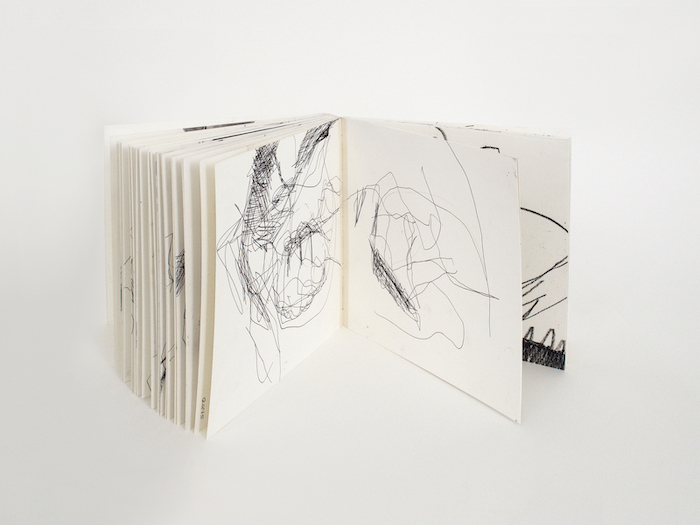
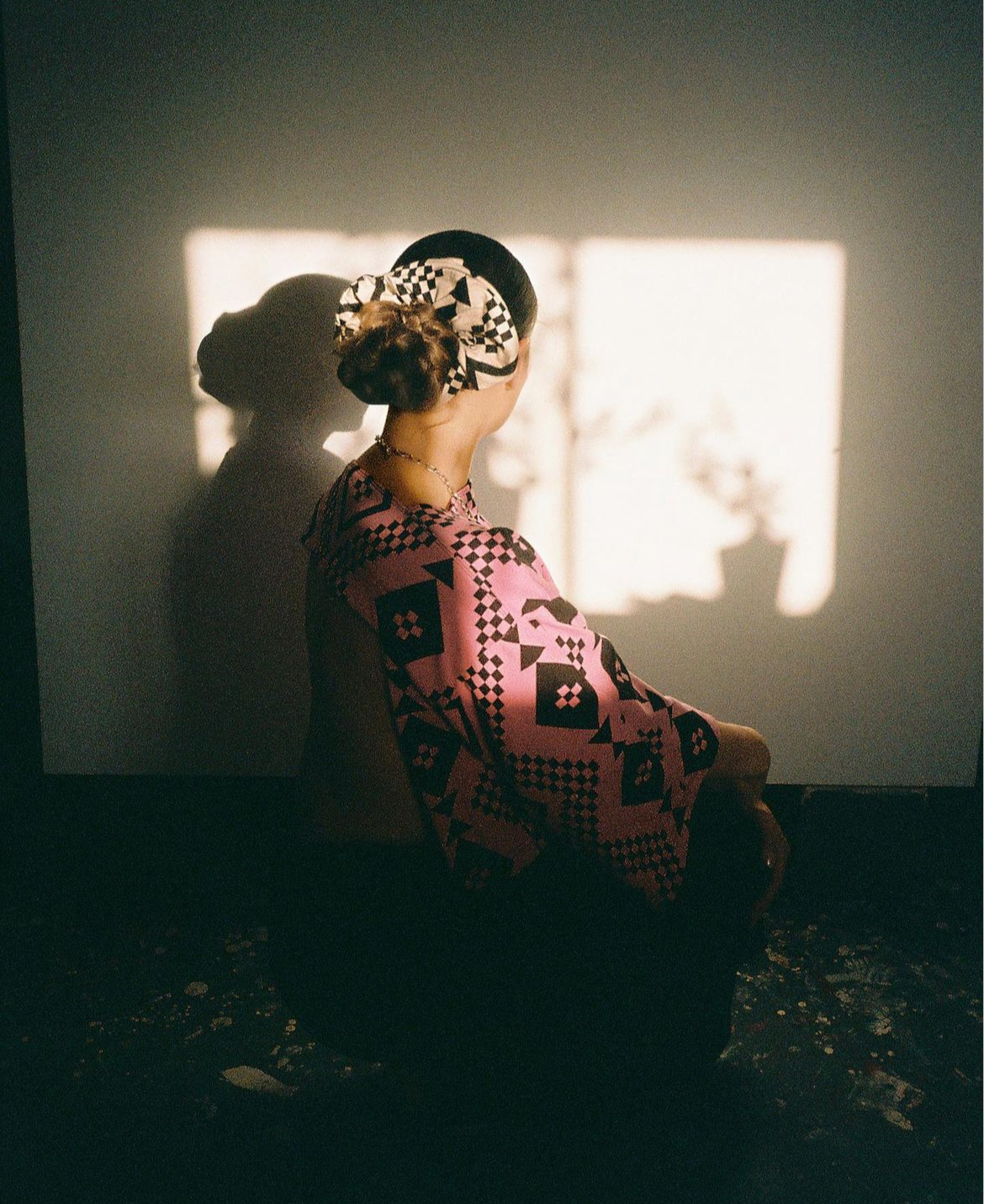
Kayla Curtis-Evans — How do you continually infuse your Northern Cheyenne heritage into your work?
Being a Northern Cheyenne woman, I feel everything I make is inherently Indigenous and Northern Cheyenne. In my practice, I bring in specific design elements inspired by Cheyenne and Northern Cheyenne beadwork and quillwork. I study beaded and/or quilled moccasins, baby carriers, and pouches, adorned in beautiful Plains Indian motifs. I feel very lucky to have incredible art to study and bring into my own art.
How does your current setting of Northern New Mexico influence your artistic outlook?
Color is very important to my work and how I experience my surroundings. In New Mexico, color is highly concentrated and vivid. I often bring that saturation and contrast into my paintings. I am also surrounded by an amazing community of makers and artists in Northern New Mexico which keeps me motivated.
Tell me about your experience so far with Creative Capital and what it means to you to have this organization assist you in spreading this message.
Having Creative Capital support my collaborative project with my mother is huge. Our project is a big undertaking, and we are currently at the beginning phases of our timeline. Having Creative Capital’s support and resources will undoubtedly help us carry out a successful project.
Your installation, Books Not Returned Library, will explore the major epidemic of Native women rapidly disappearing. How does your work act as an amplifier for the many Native stories that go unheard?
Books Not Returned Library is a collection of handmade books in which each book tells the story of a missing or murdered Indigenous woman, girl, or two-spirit. This library is overwhelmingly full, a powerful indicator of a severe and heartbreaking problem in our society. Collectively and individually, the books share the horrific reality of the violence happening against Indigenous women and girls. These books are a physical place for stories to live on. Every person has a story, and many of these stories have been untold or erased. This library is Brigit Johnson’s vision and idea. As her daughter and collaborator, I’m helping her bring this library to life. We are doing this for the countless Native women whose stories have been swept under the rug, including my mom’s sister Amy Johnson, who went missing in 1986.
Tell me about the research that will go into this project, as each “book” in the library will tell the story of a missing or murdered Indigenous woman. How did you discover the stories you wanted to bring to the surface?
Books Not Returned Library is at the beginning stages of research. With the generous funding awarded by Creative Capital, my mother and I are embarking on a research-heavy project that will require community engagement as well as consulting from a range of experts. We will be working with librarians, MMIWG2S experts, bookbinders, craftsmen, and most critically, the many families impacted by MMIWG2S.
You create abstract paintings, prints, and artist books. In this project’s case, you depart from those mediums, the books providing an in-depth visual analysis of just how grave this phenomenon is. Walk me through the process of creating these books and the technical skills applied.
Book Arts is truly a beautiful craft and art. I have been enamored by handmade books ever since I learned binding techniques in college. Each book will be handmade with love and attention to detail. We will be using traditional bookbinding techniques, and add details like letterpressed text to the spines.
Why is it important to you to use your vision to advocate for stories that do not always receive visibility — what do you hope the collective reaction is to telling these stories on a larger platform?
We want viewers to experience the gravity of the MMIW2S epidemic through Books Not Returned Library. We want people to feel overwhelmed, angry, and saddened by the amount of books in the library which translates to missing or murdered life. We want change, we want dialogue, and we want justice. More people need to know of this overlooked huge issue in our society. We are humanizing the available data to ultimately encourage change while also providing a safe space for families affected by MMIW2S to heal and share their loved ones’ stories.
How can we continue to support artists in the ways Creative Capital does?
My mom used to say, “If you just open the door for her, she will thrive.” I have been so lucky in my career that some big doors have opened up for me, giving me the chance to grow, succeed, compete, and thrive. As artists, we get a lot of “no’s” and closed doors. Taking a chance and providing a platform where you can say yes to artists and open those doors can be life-changing.